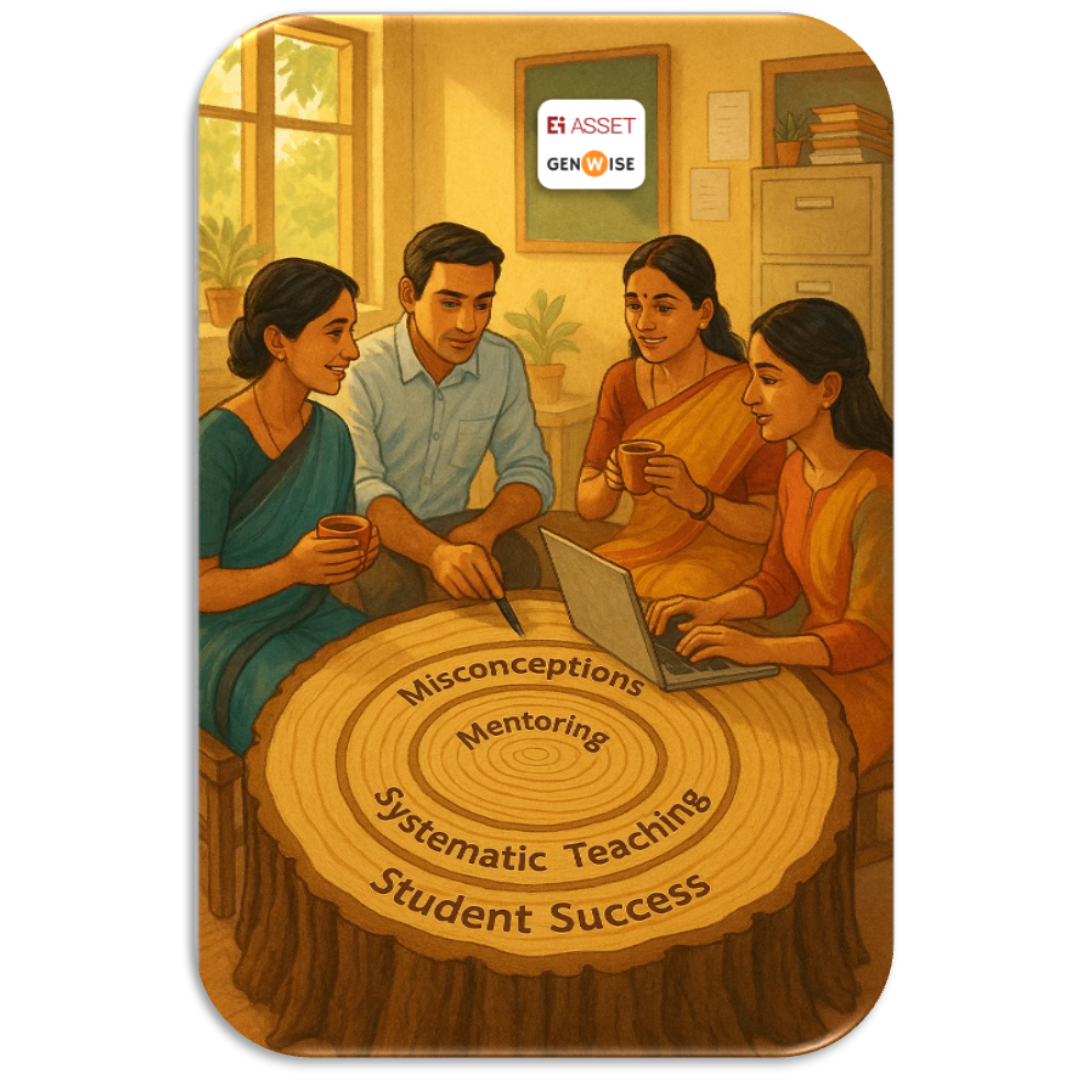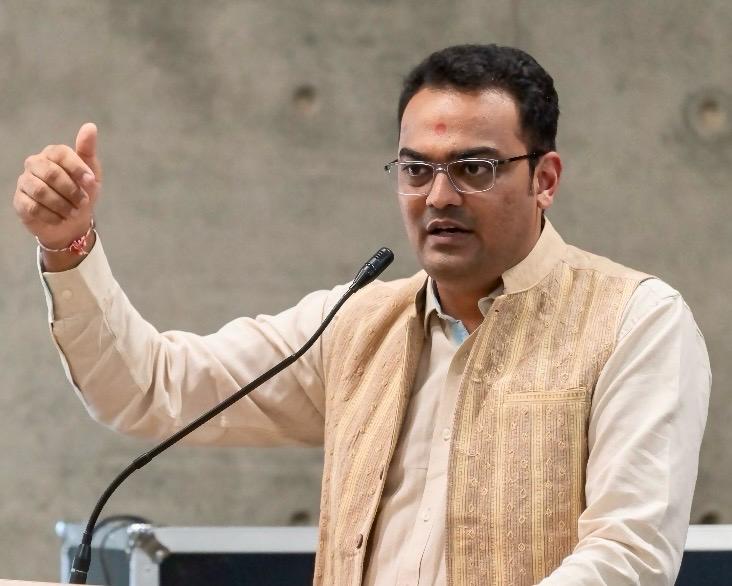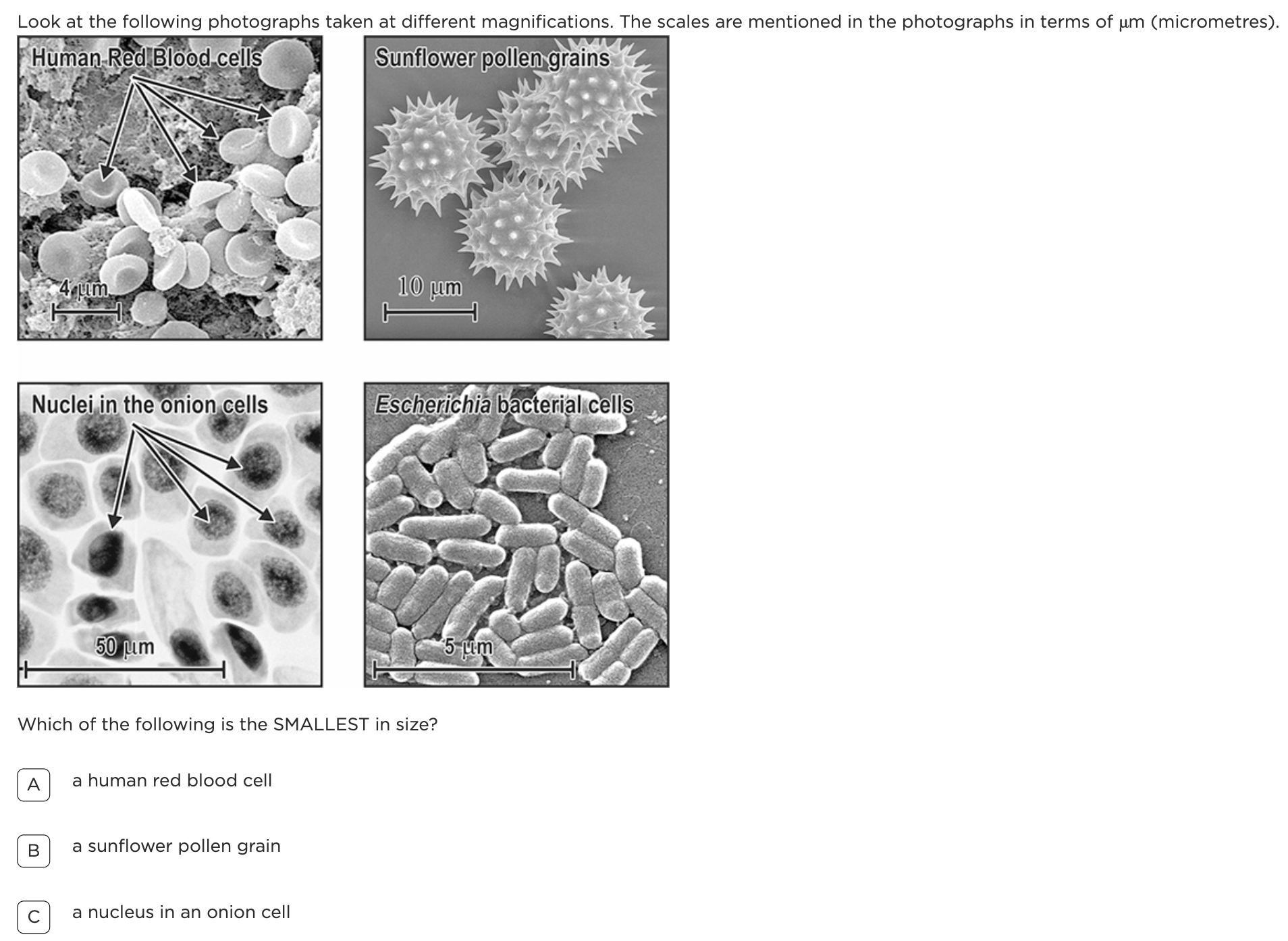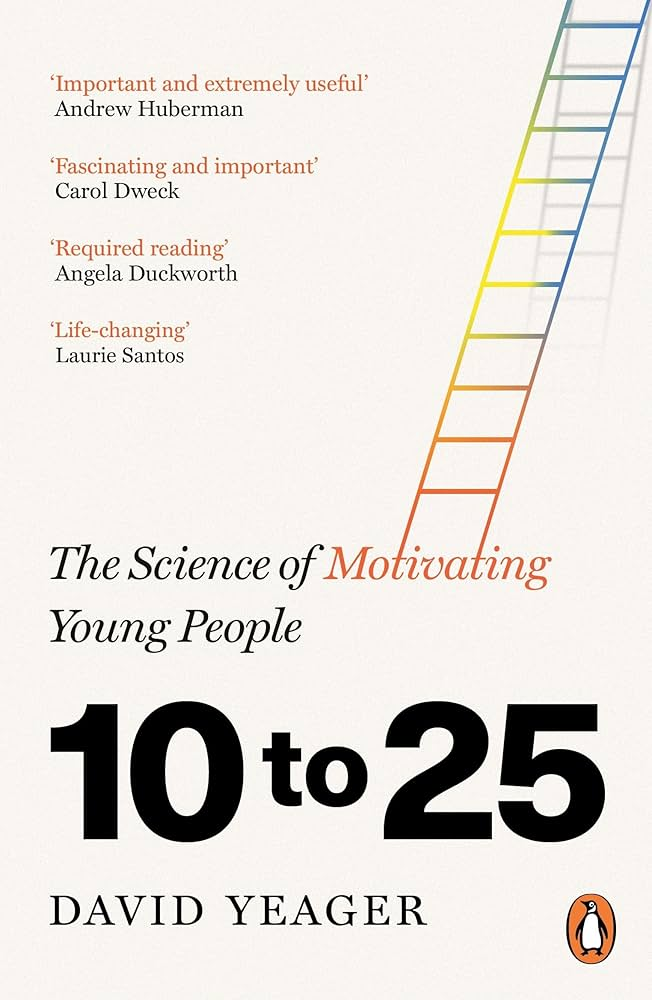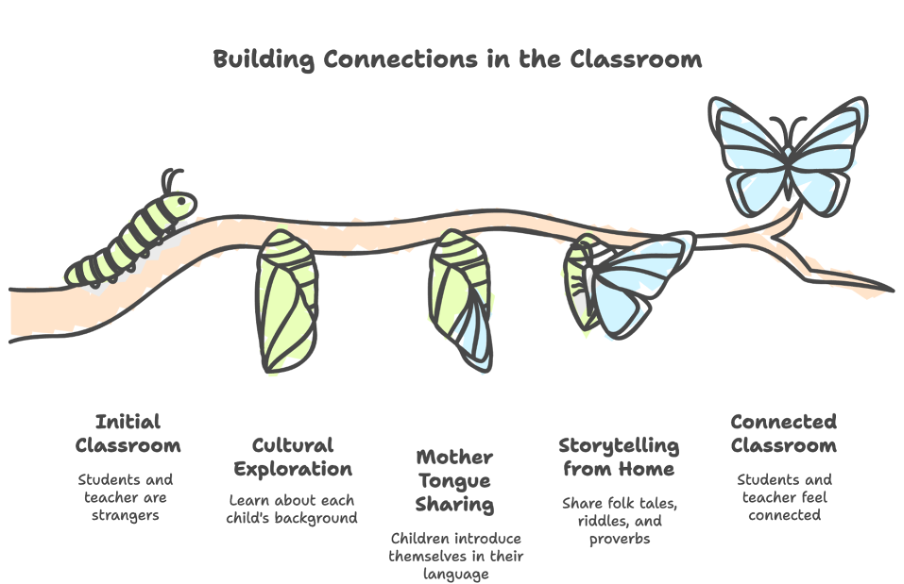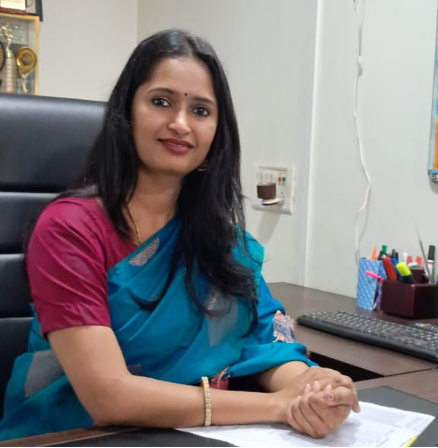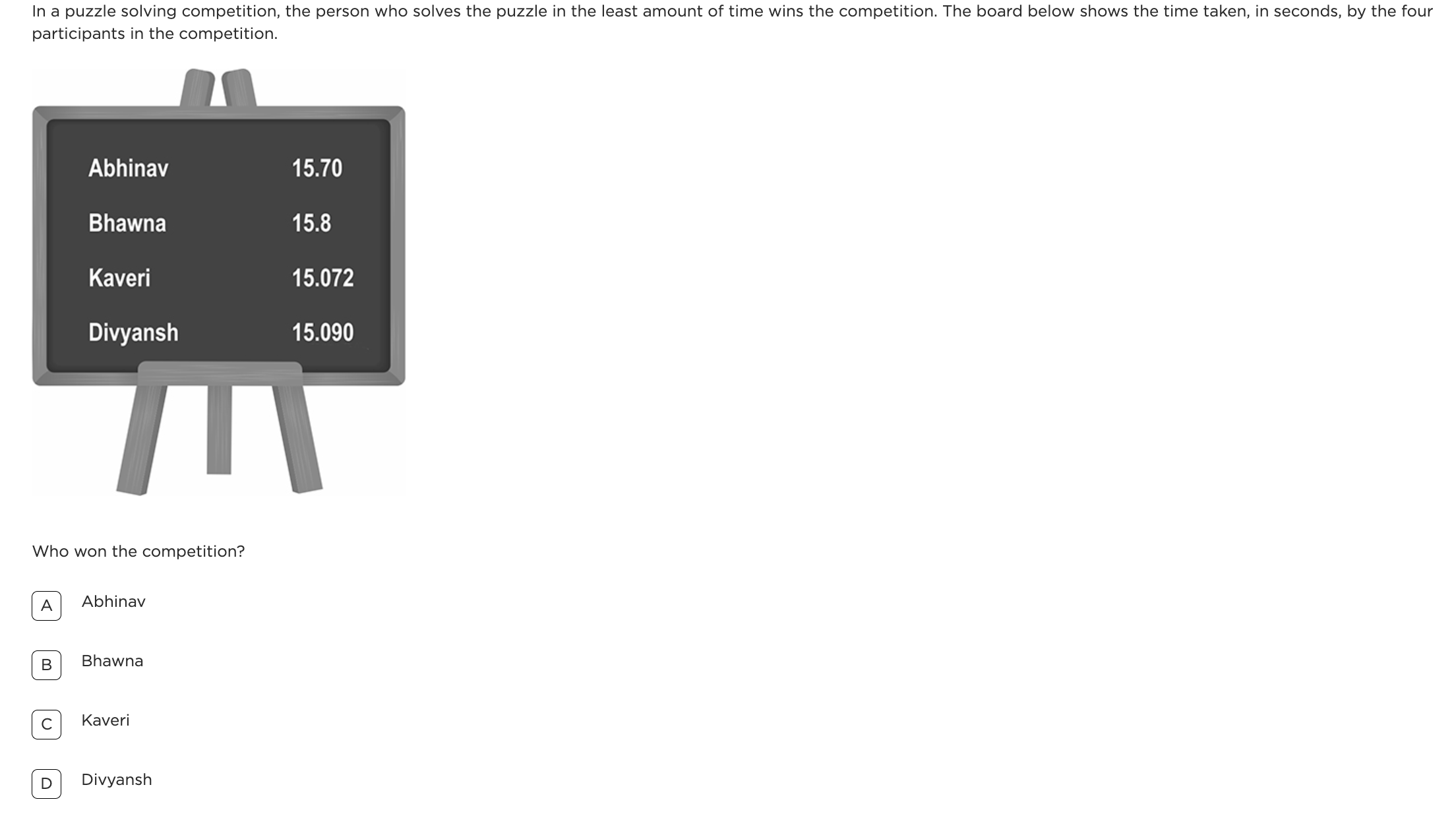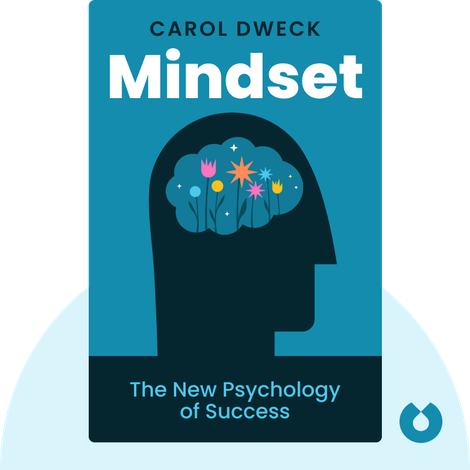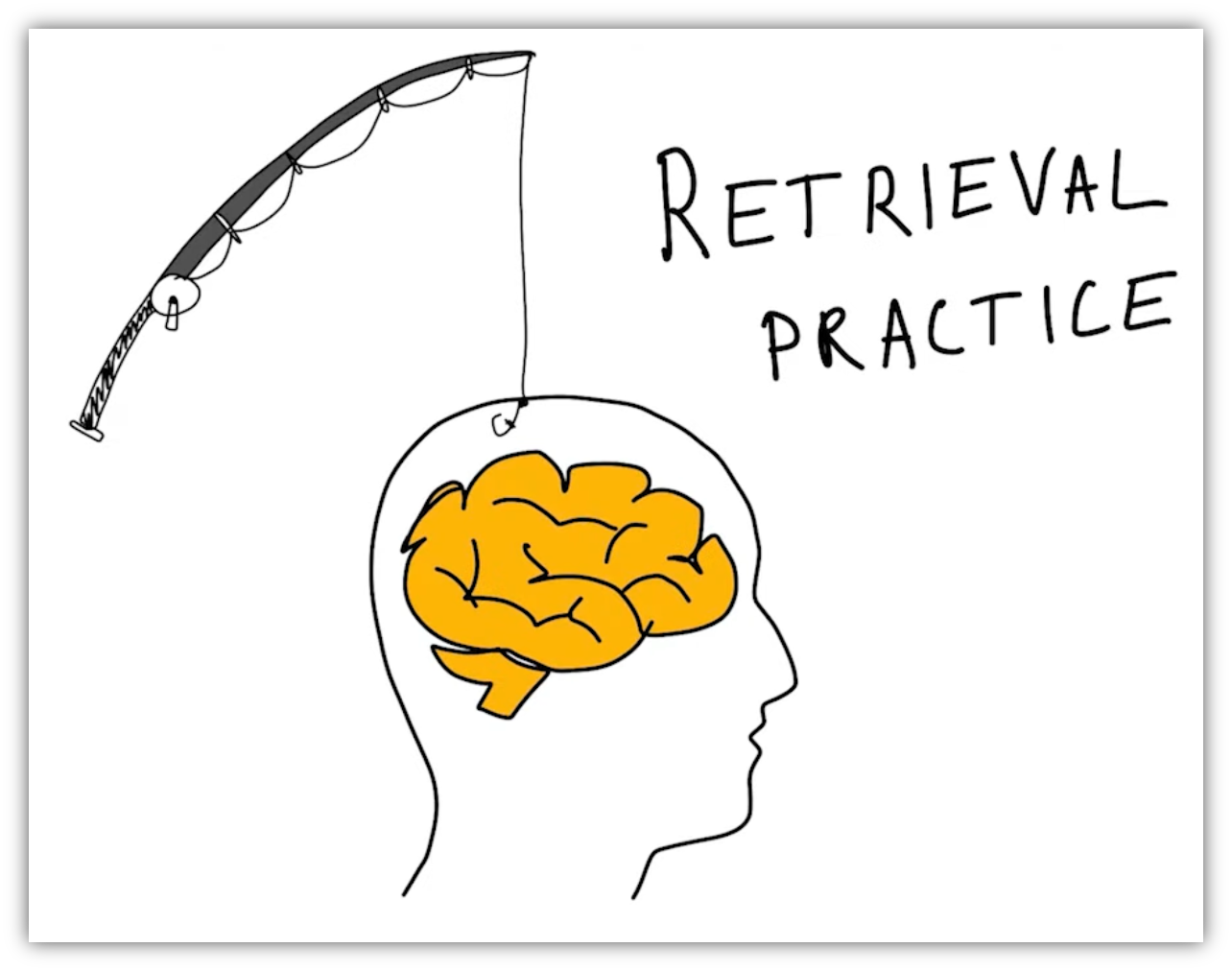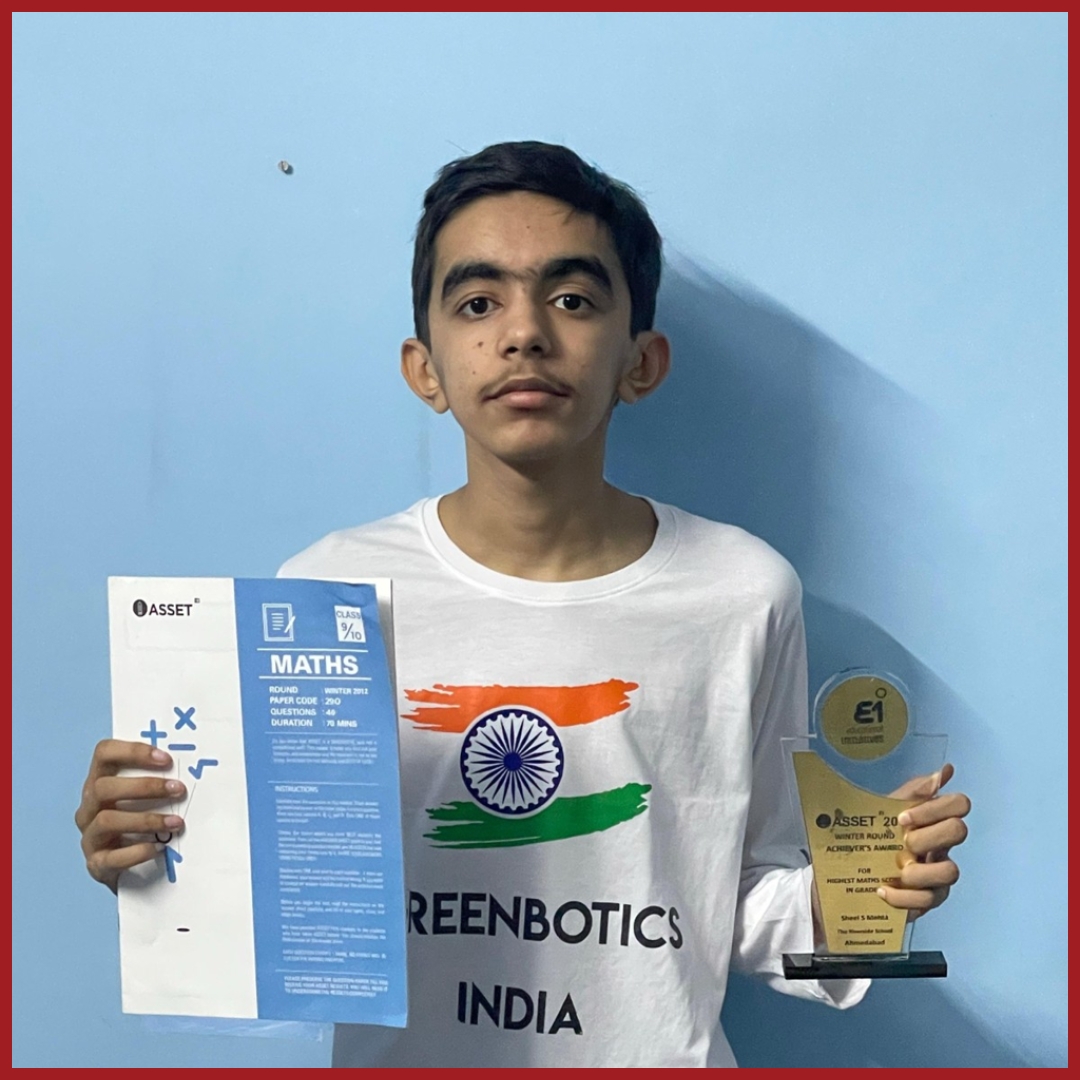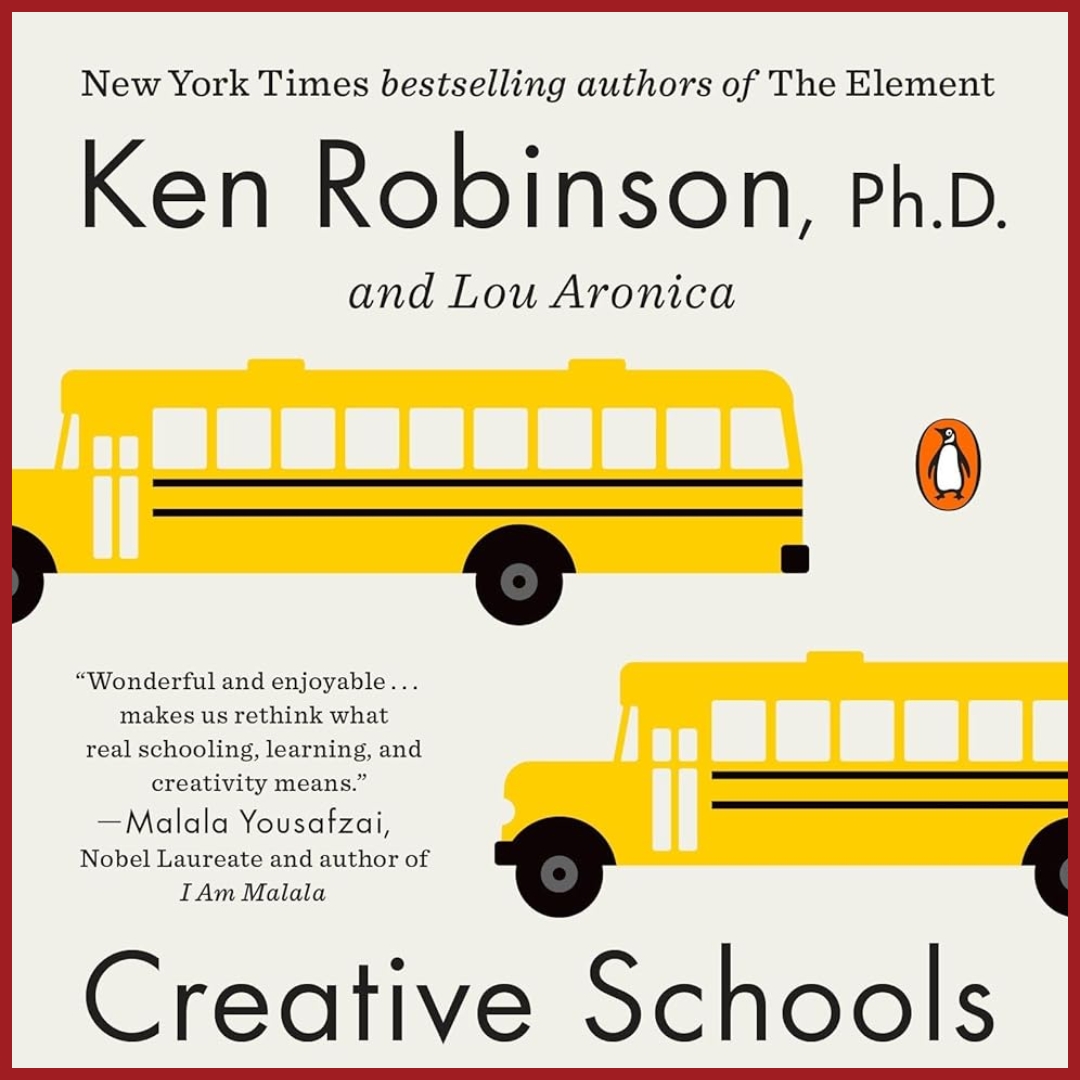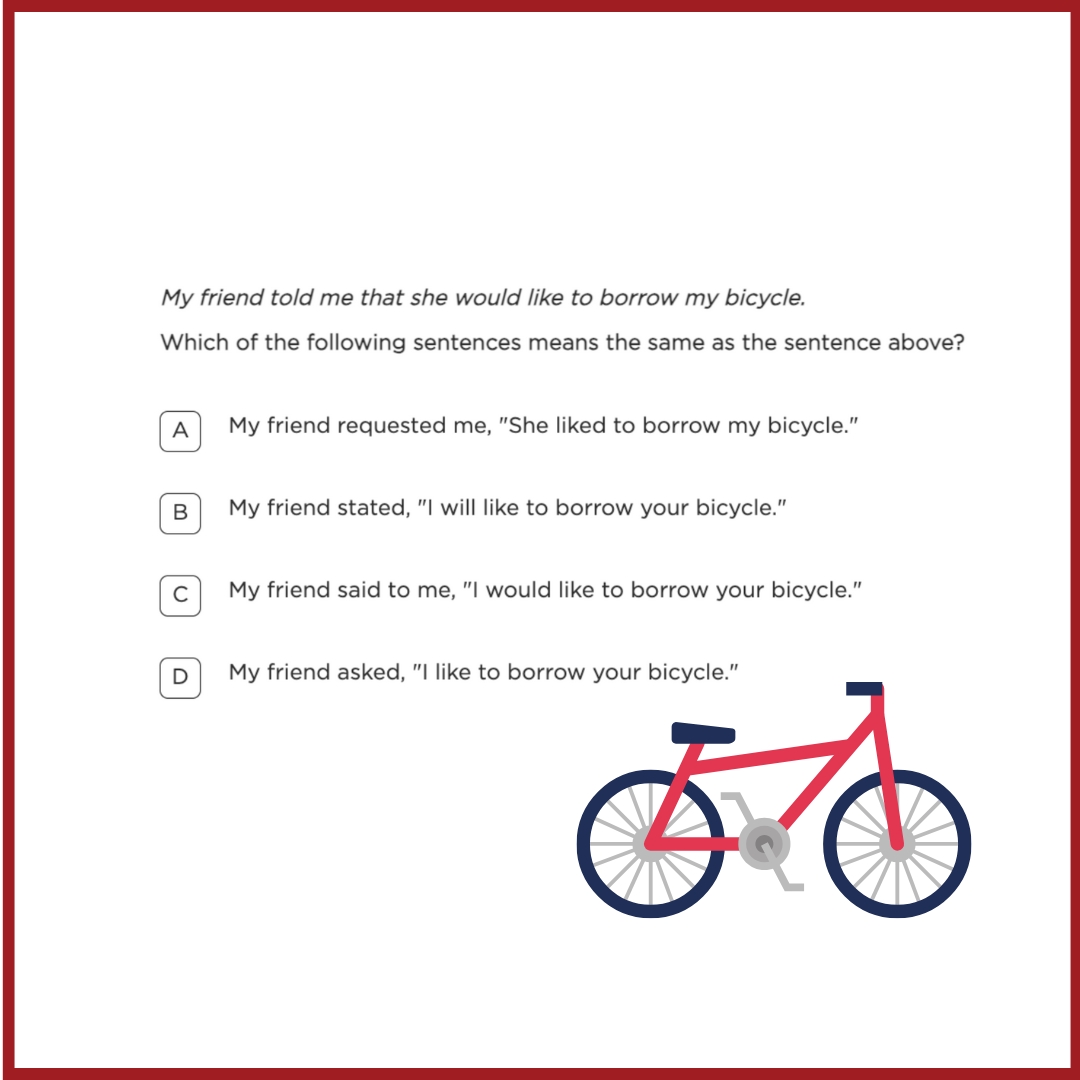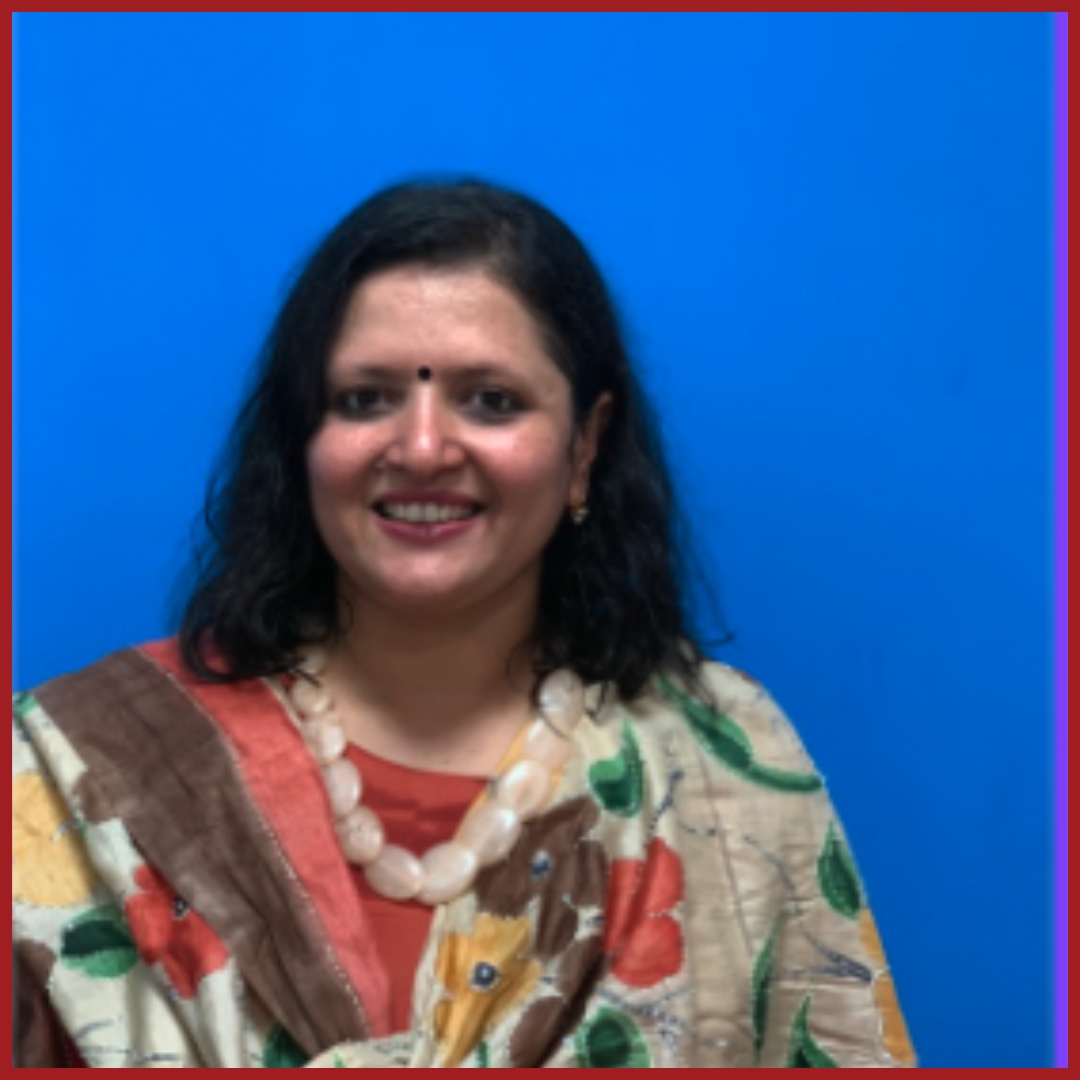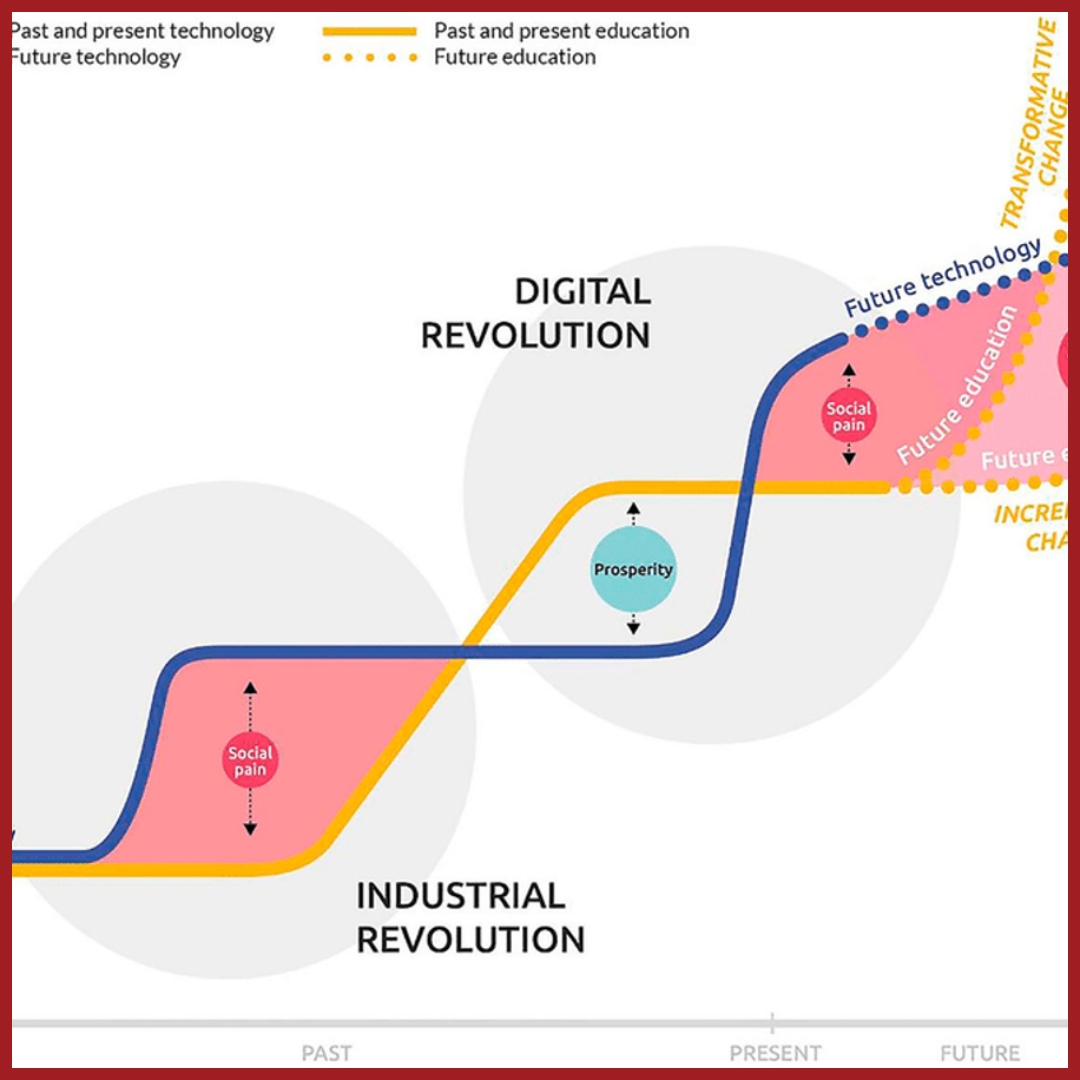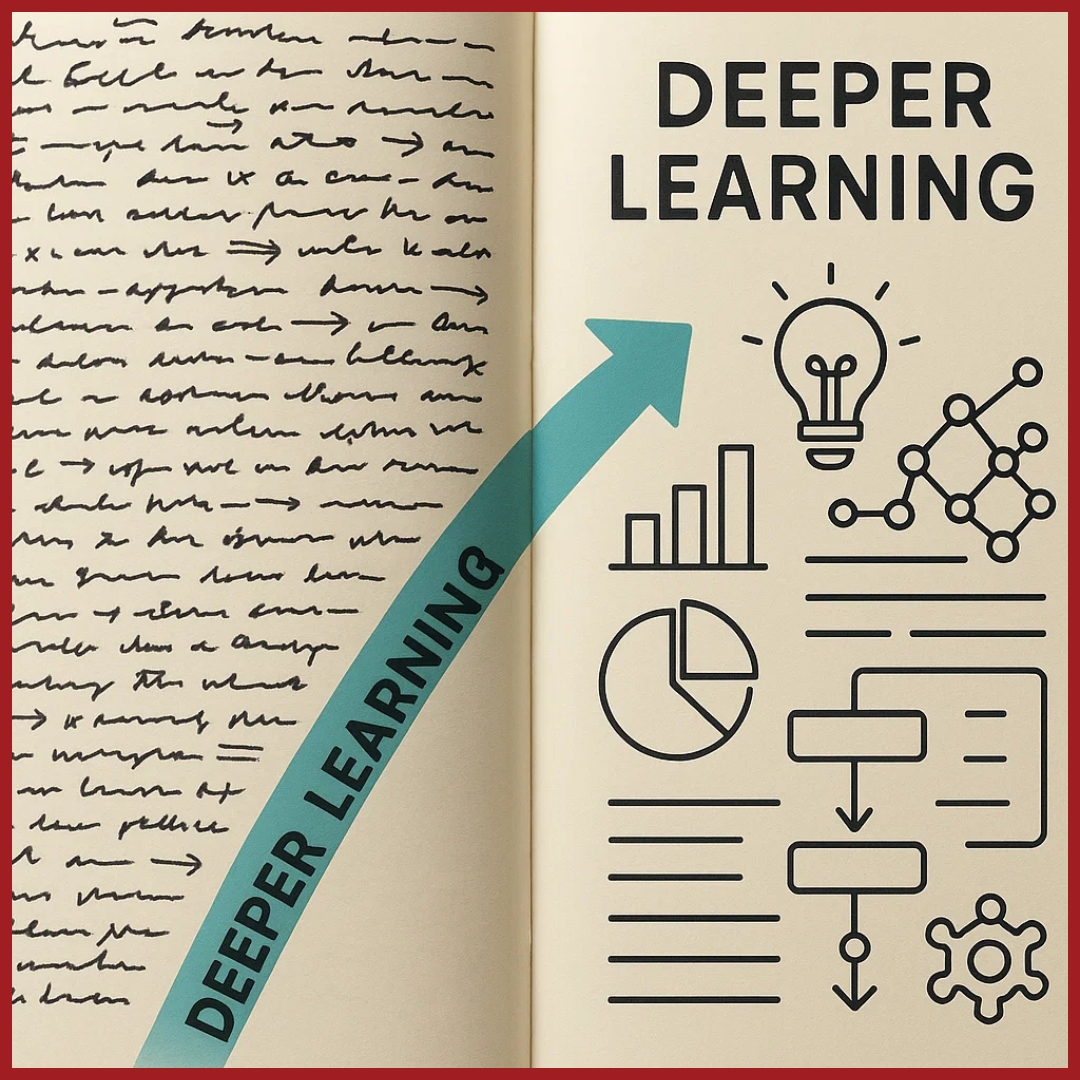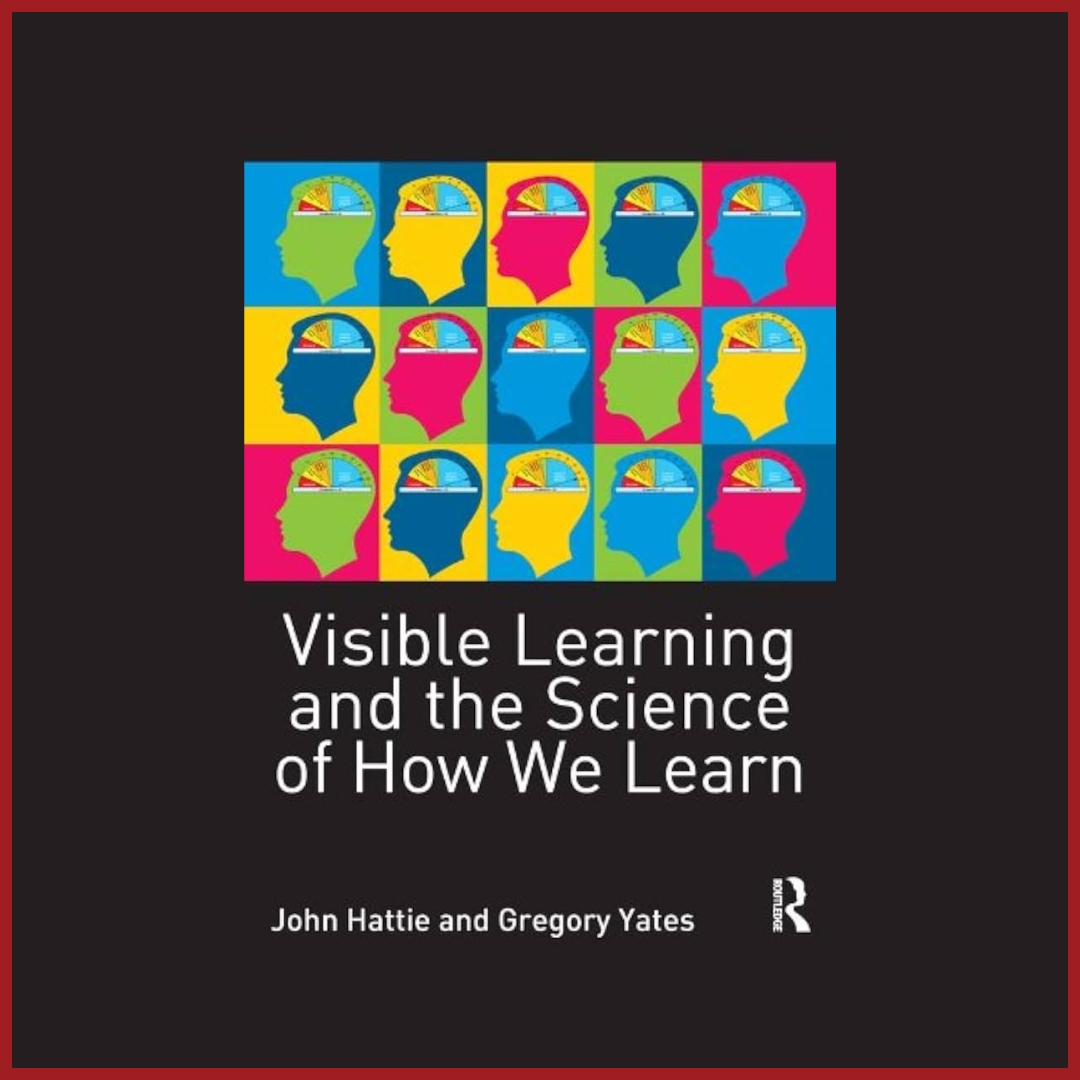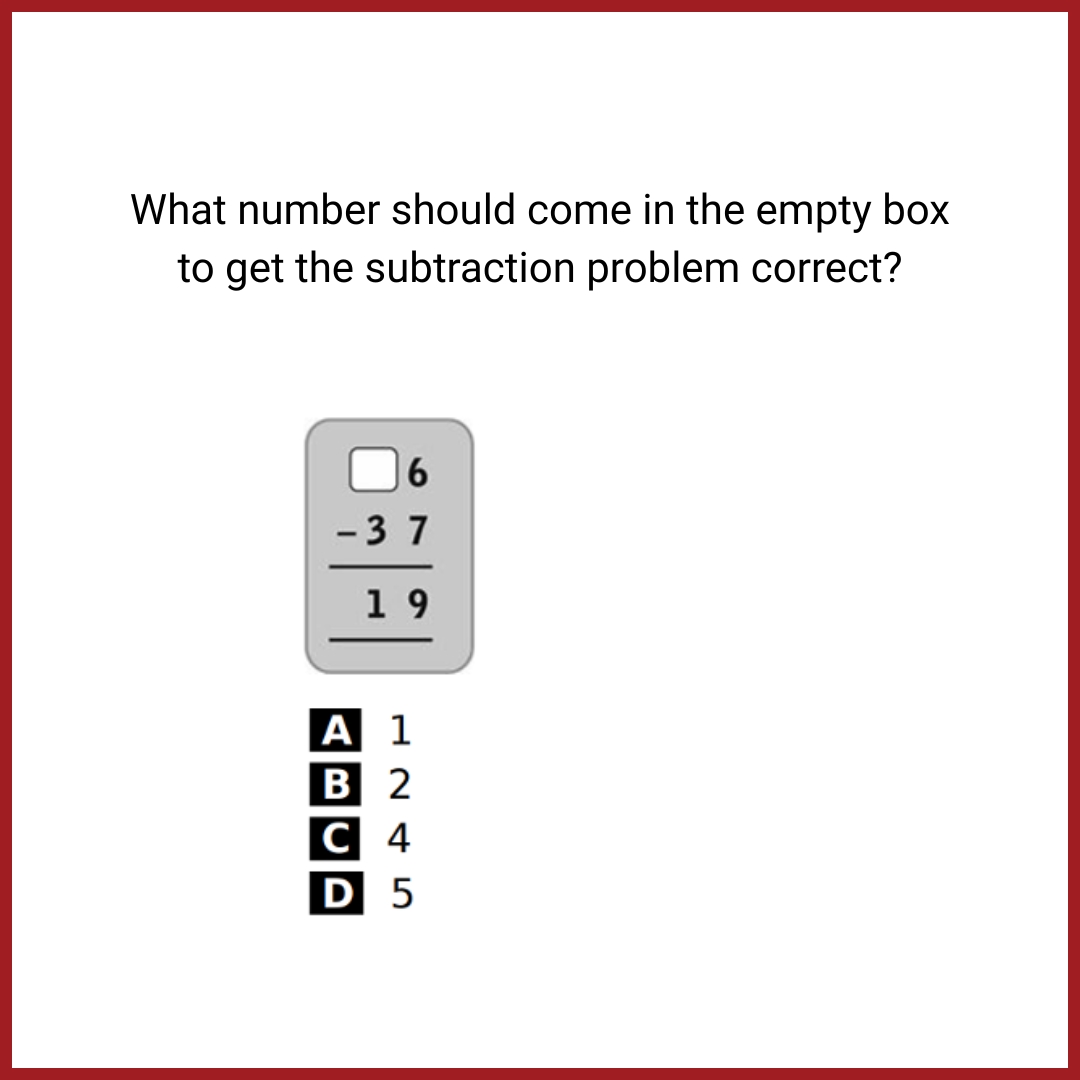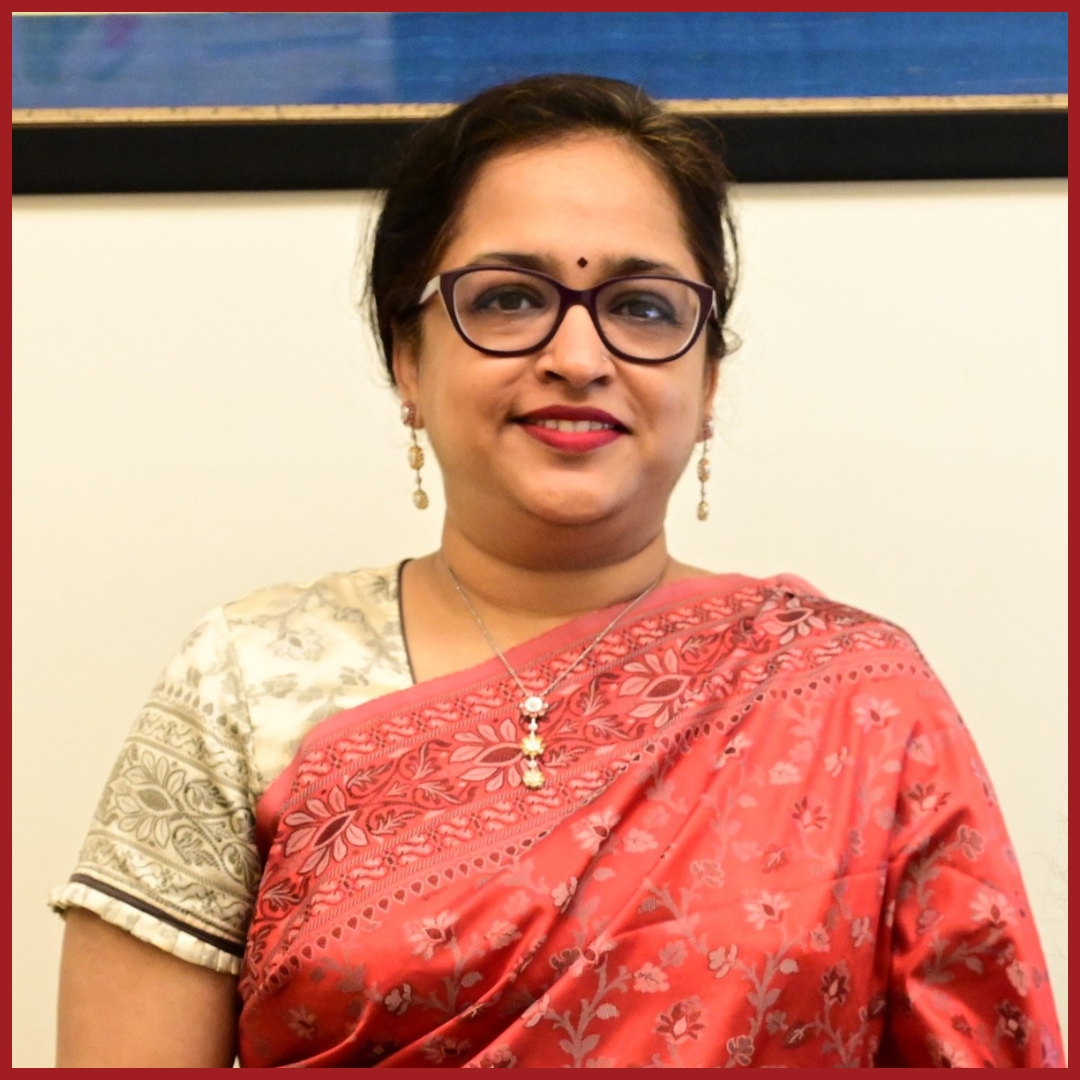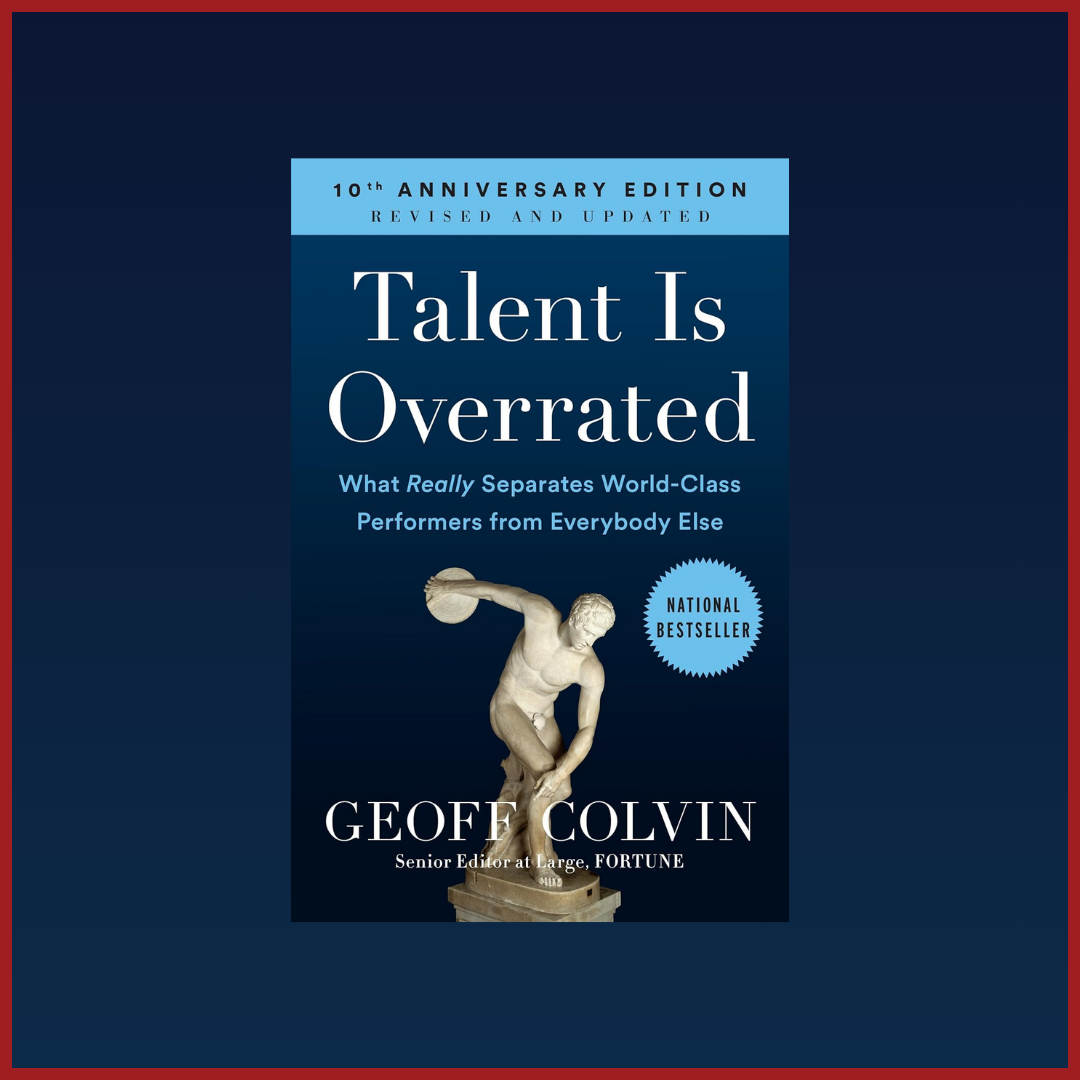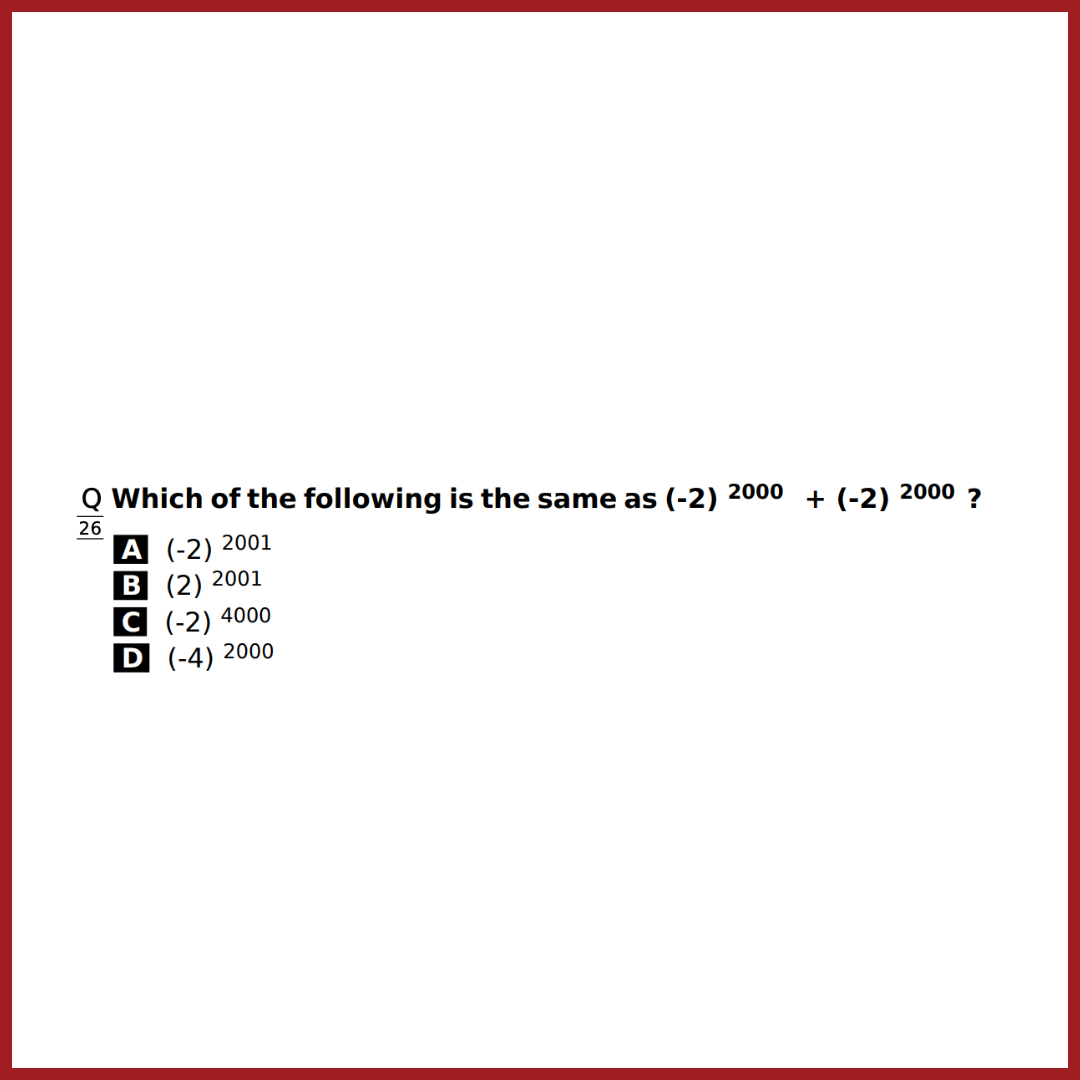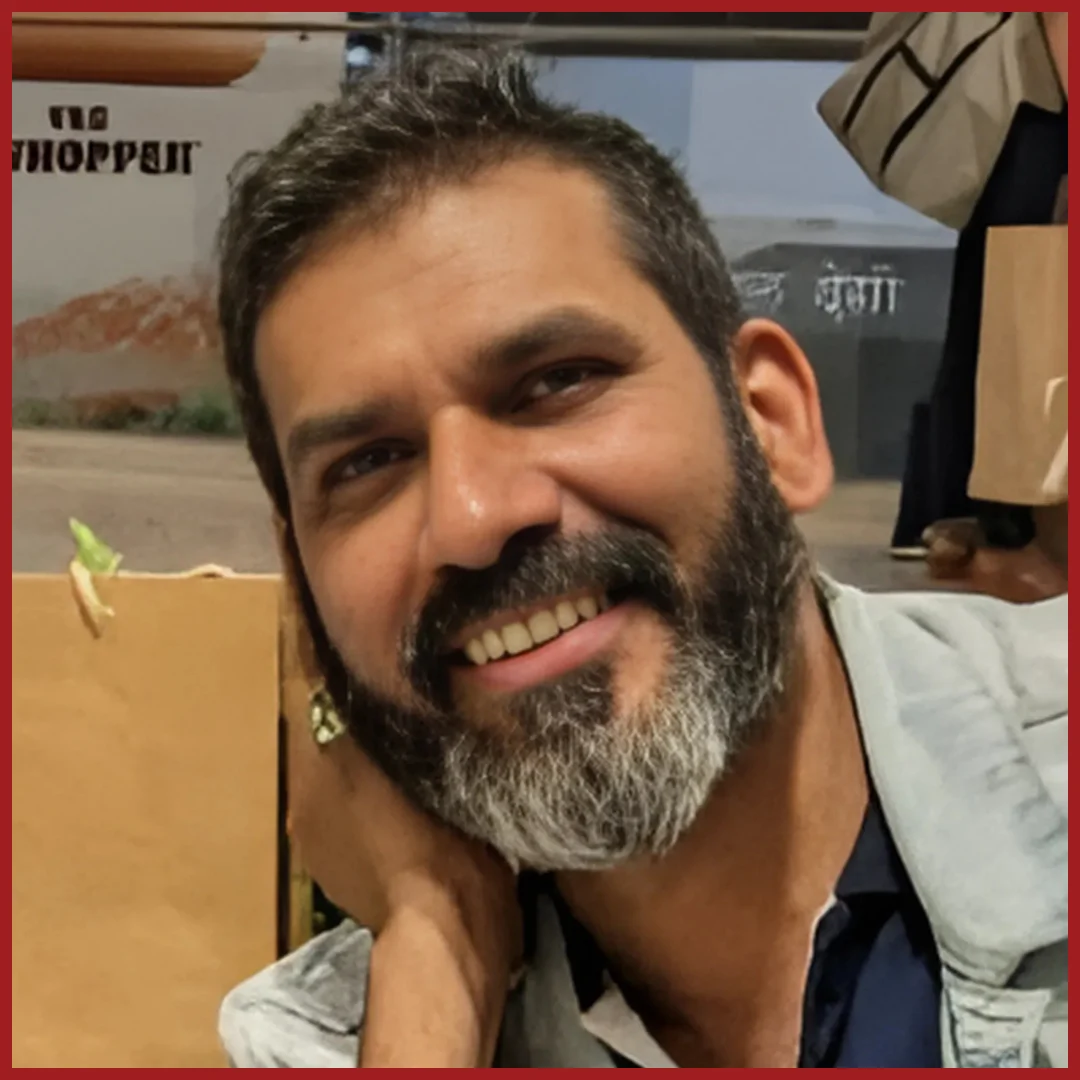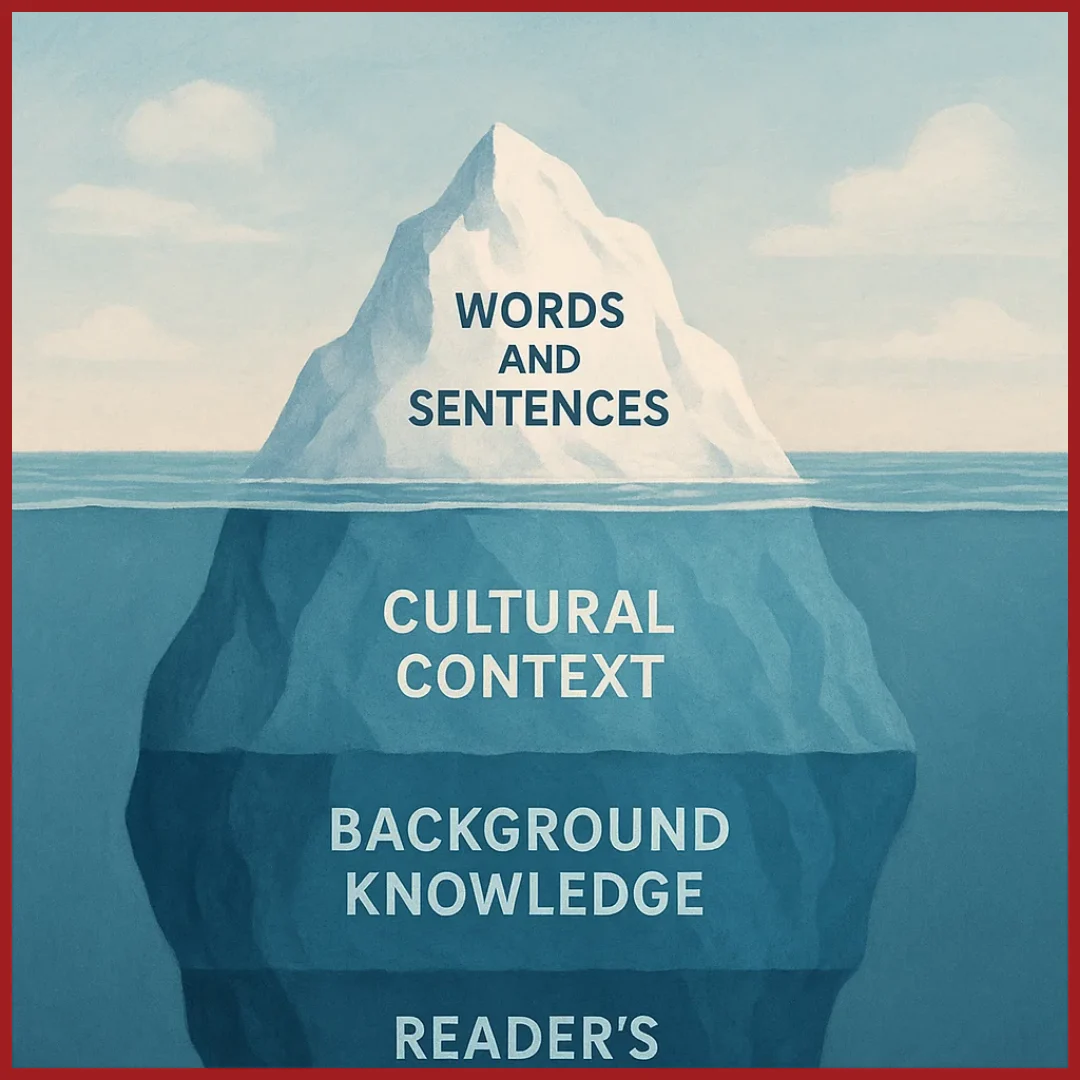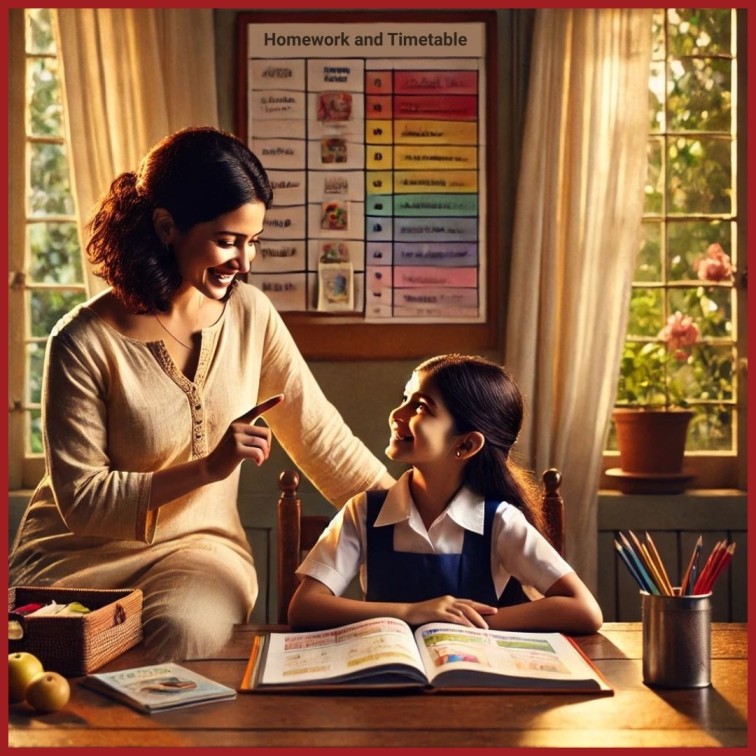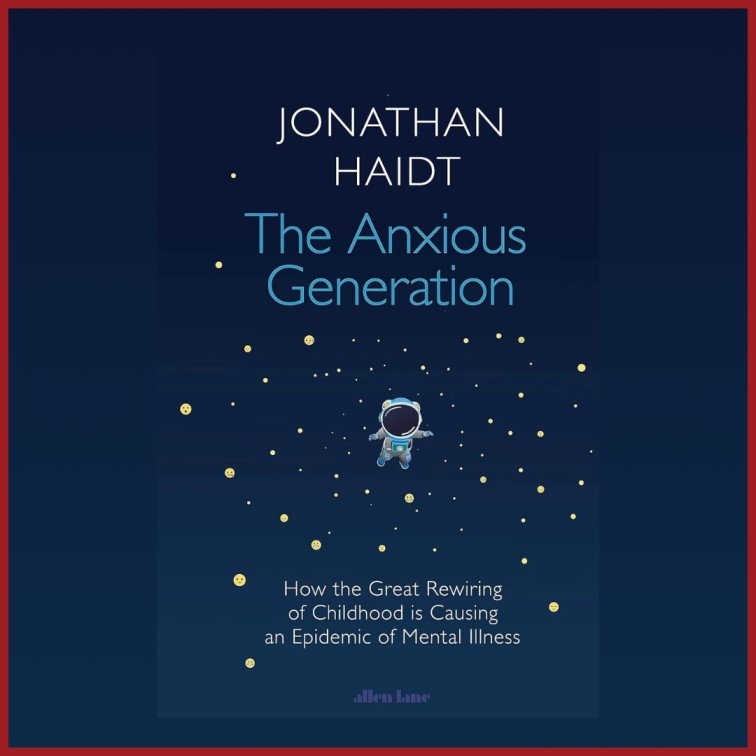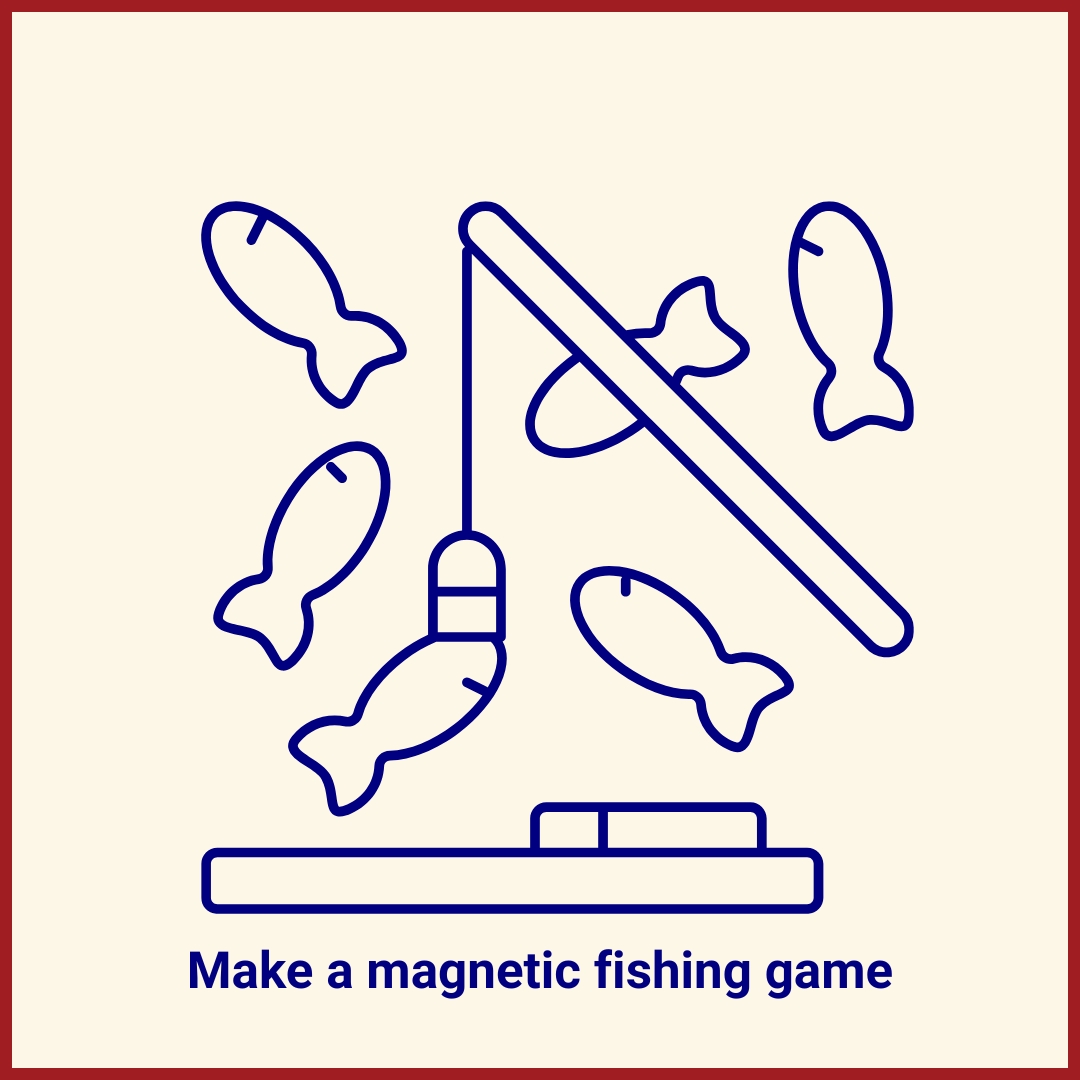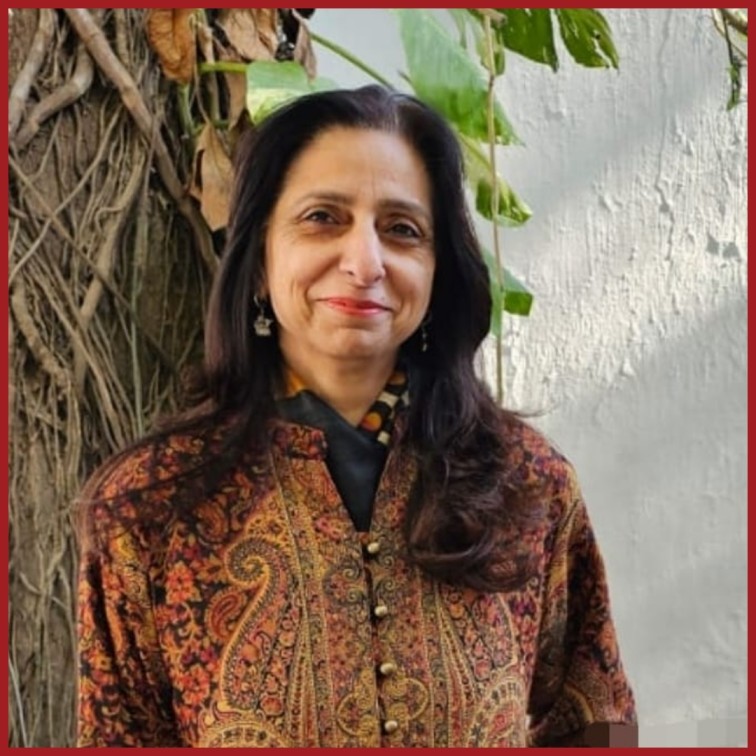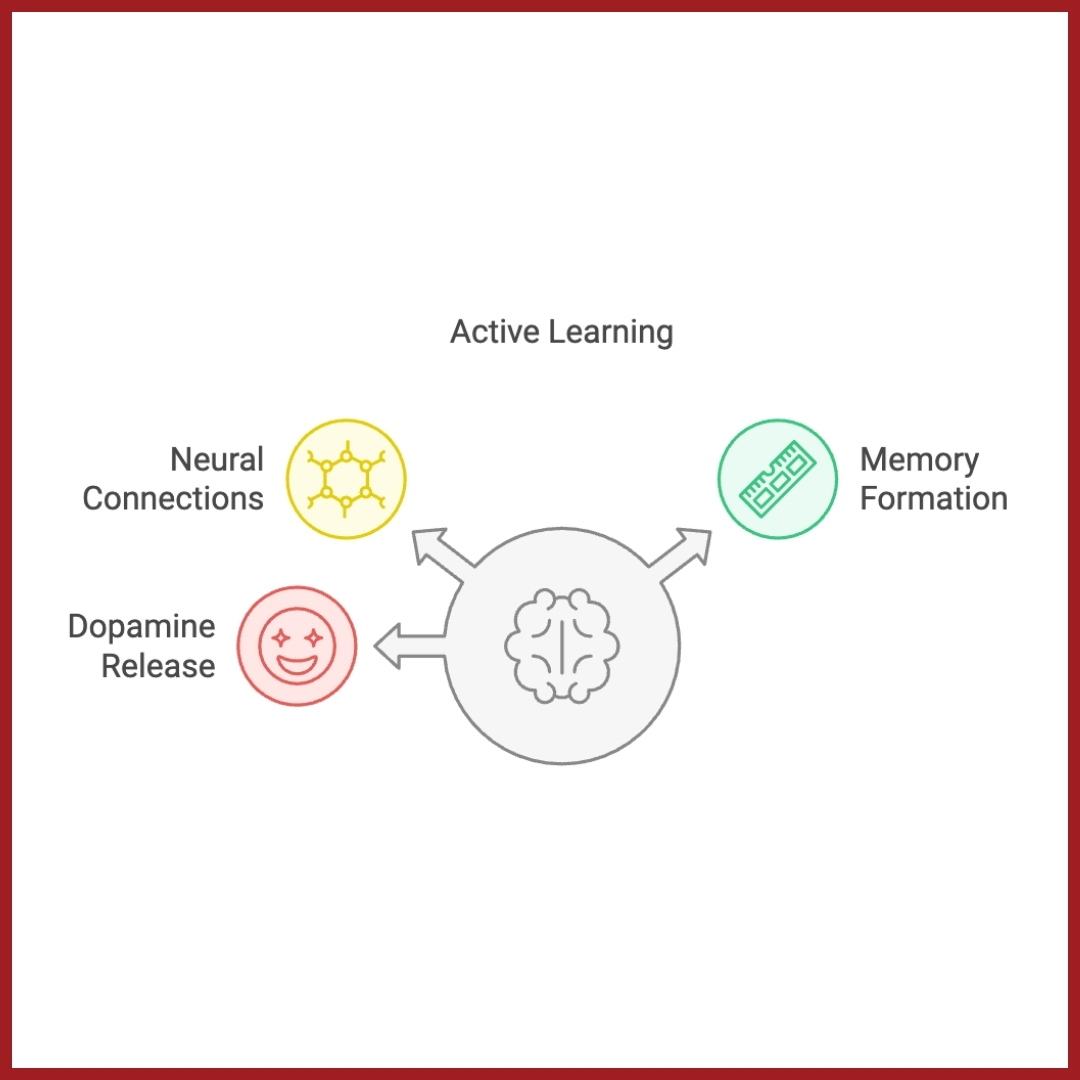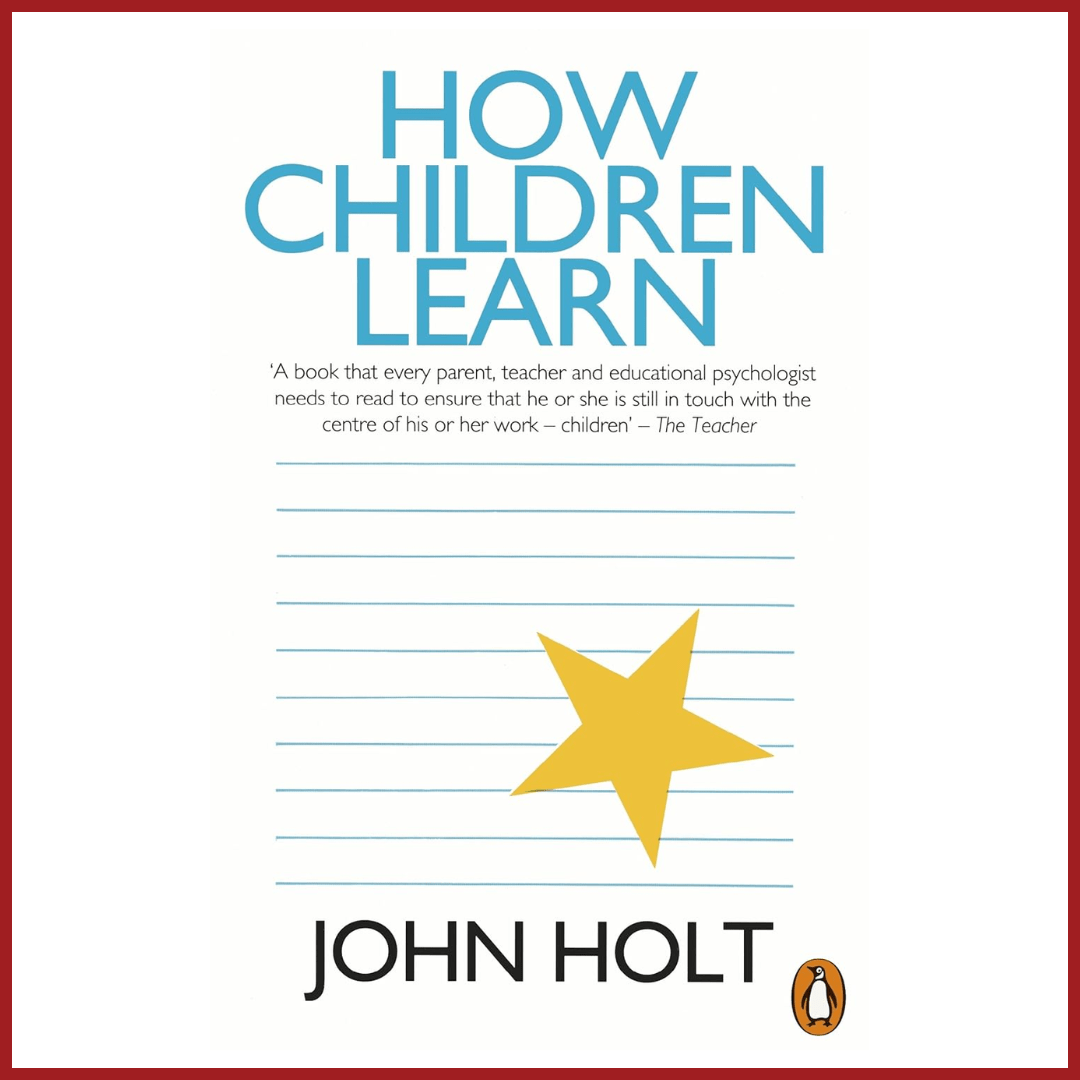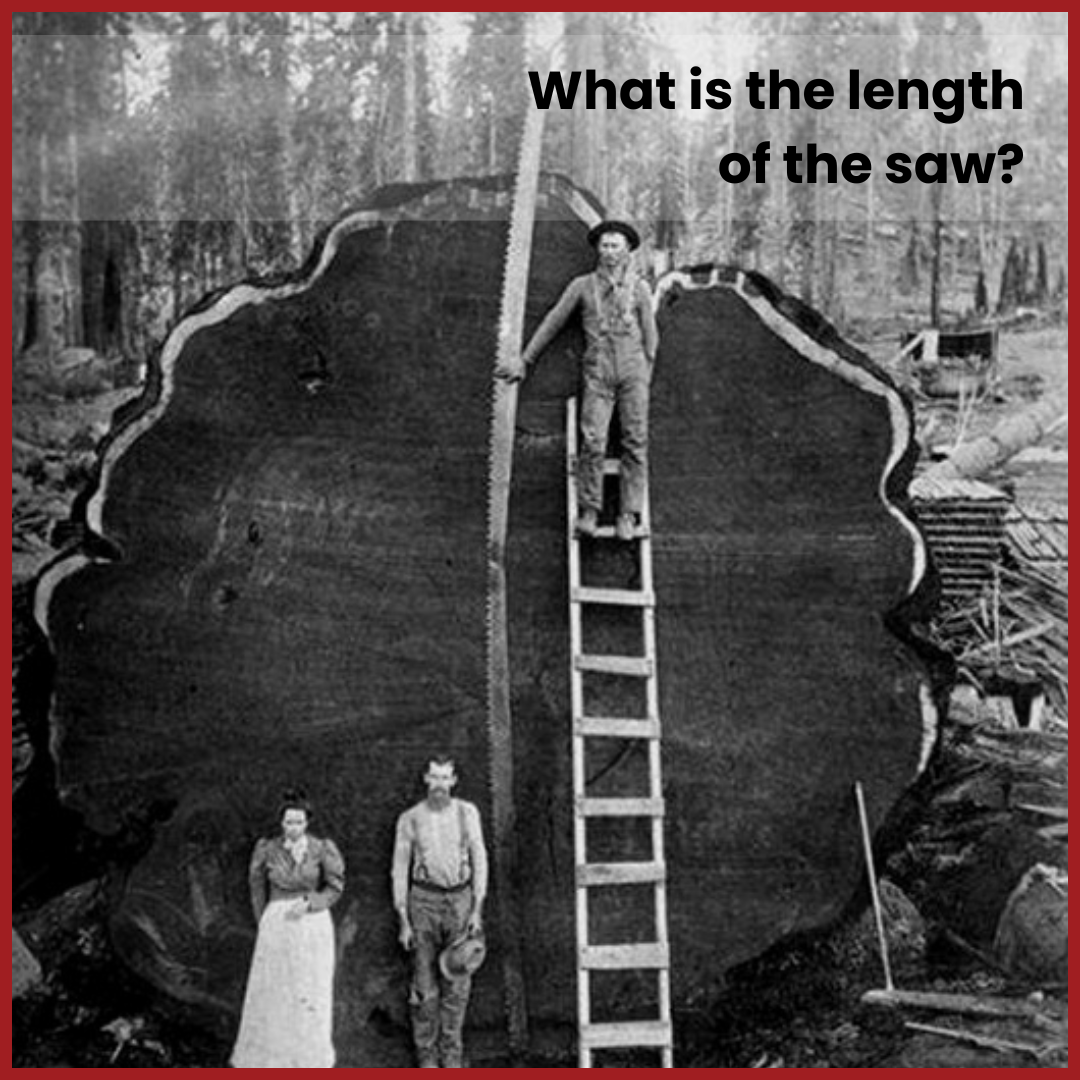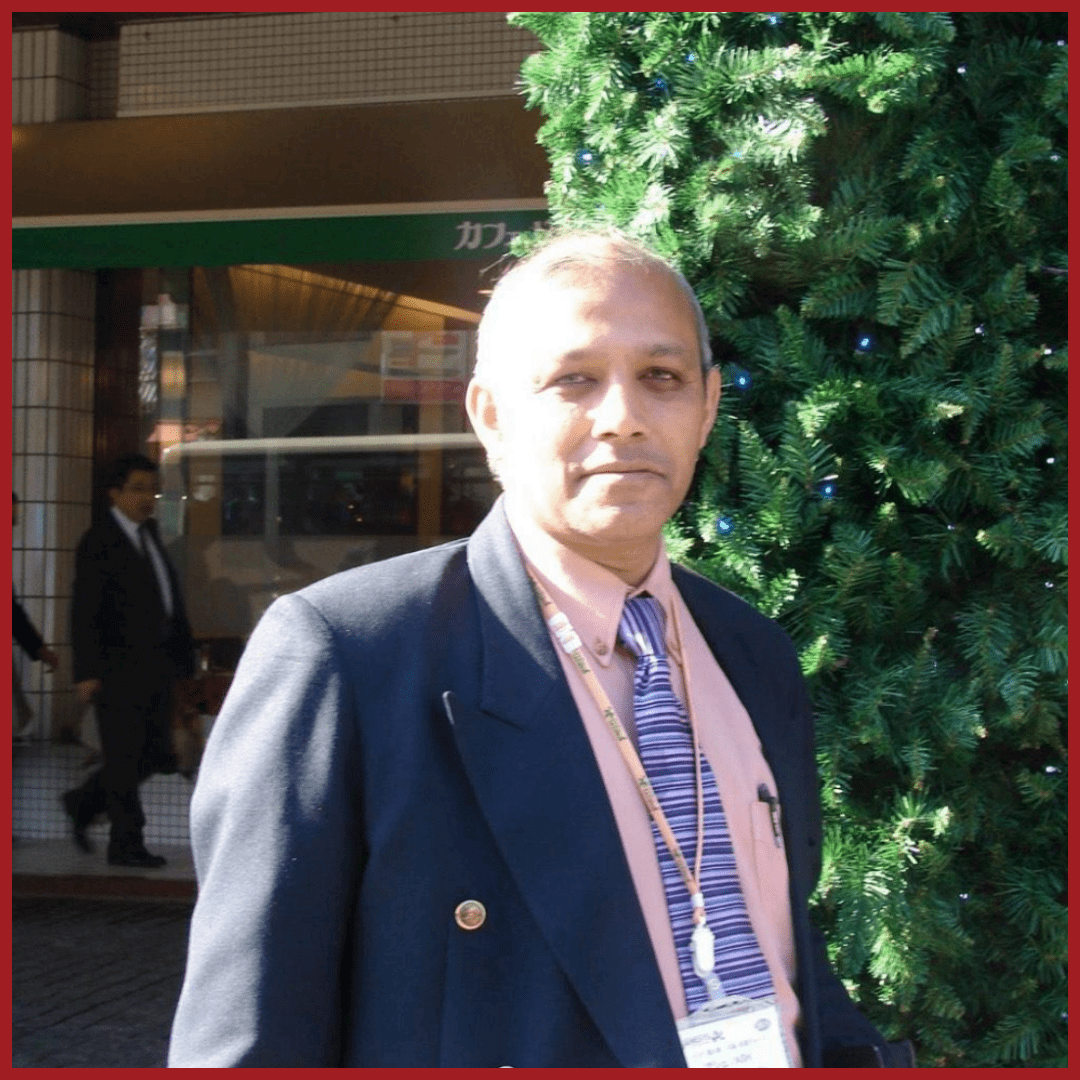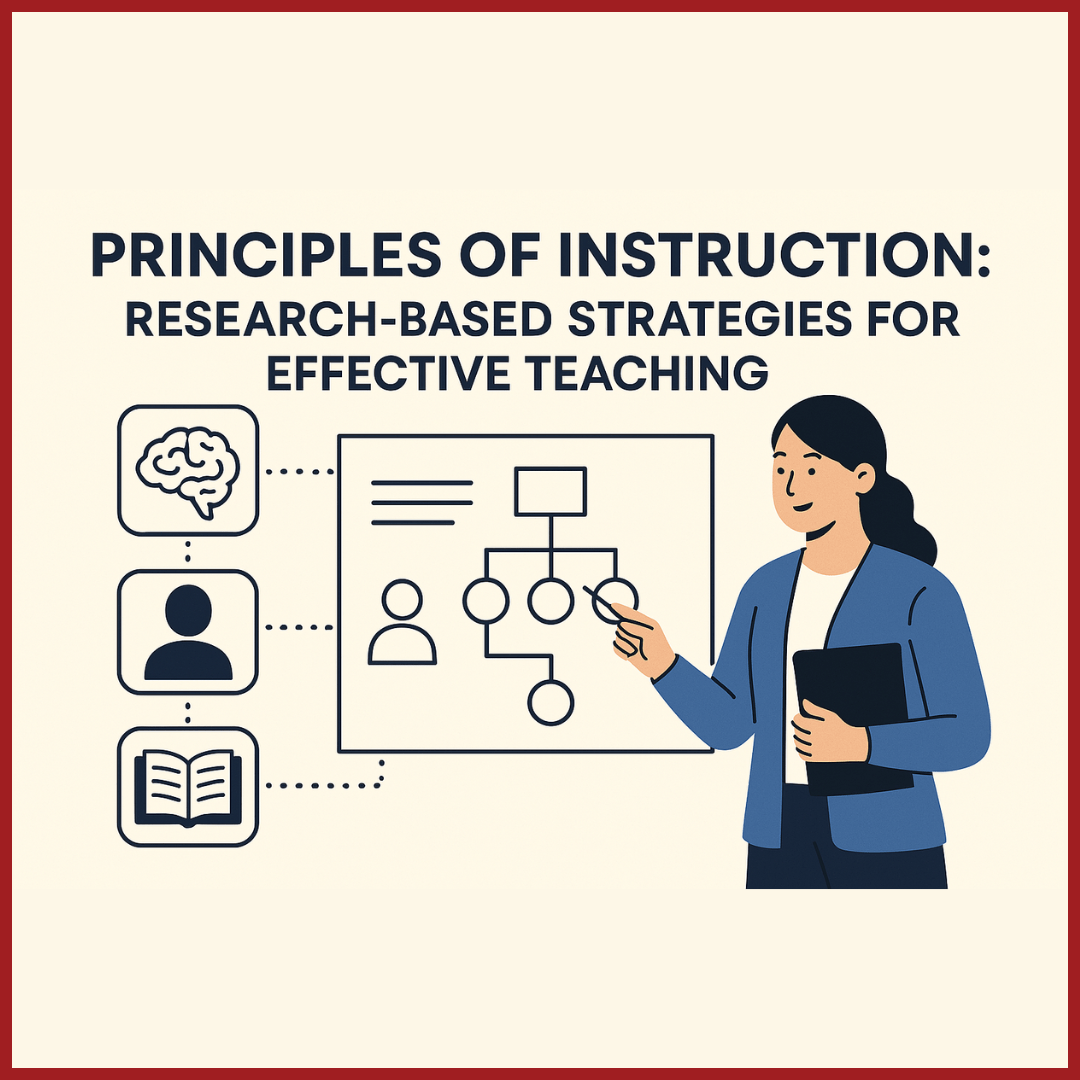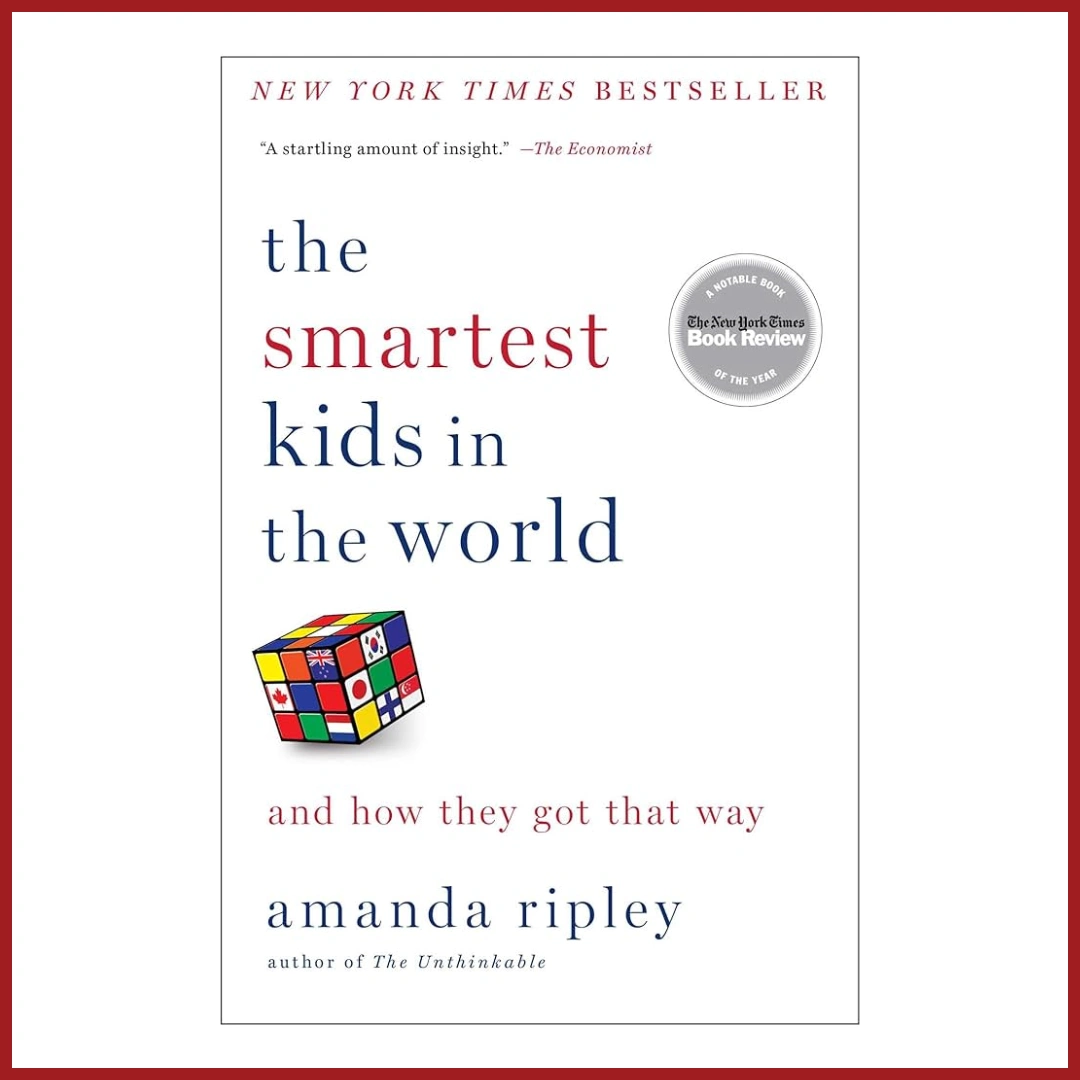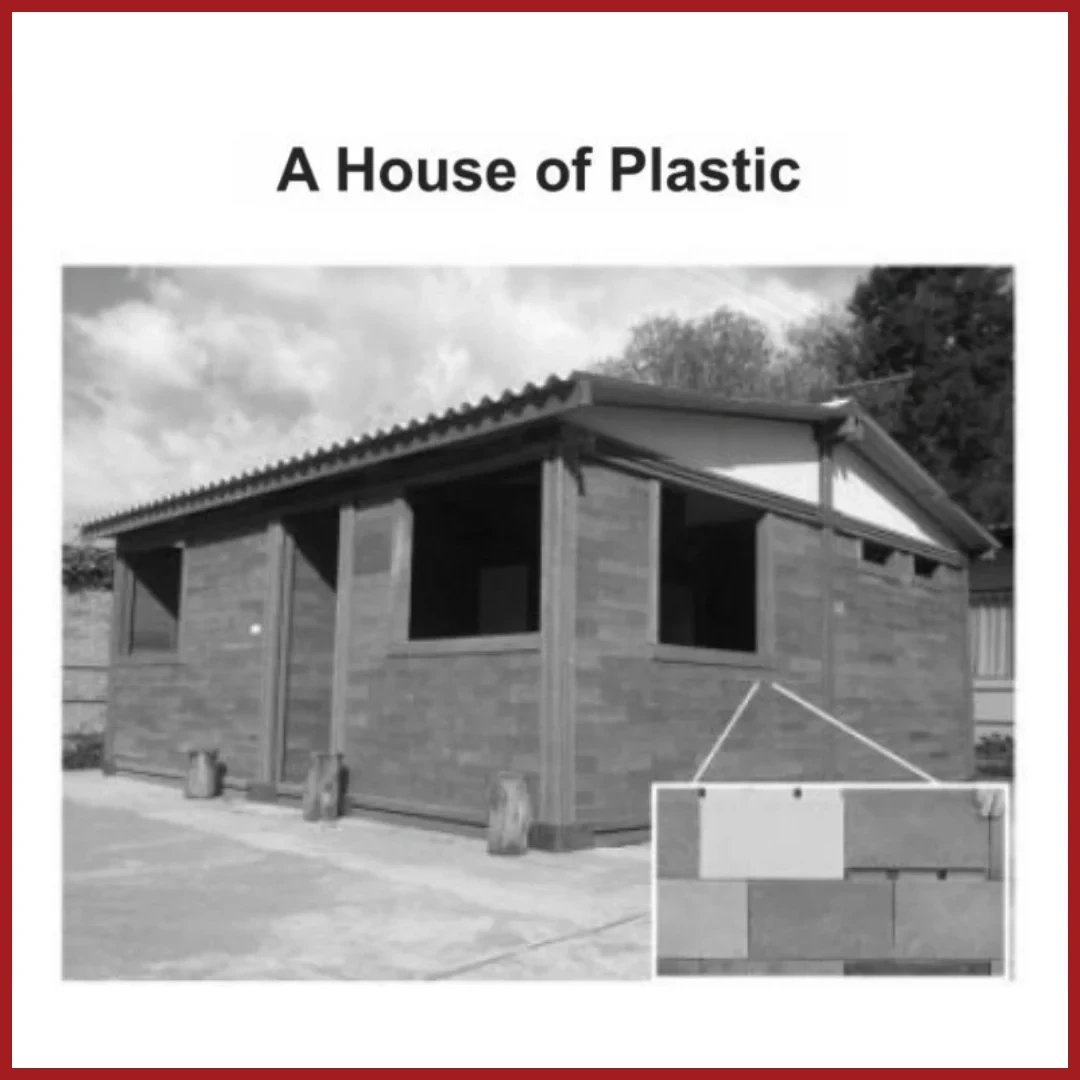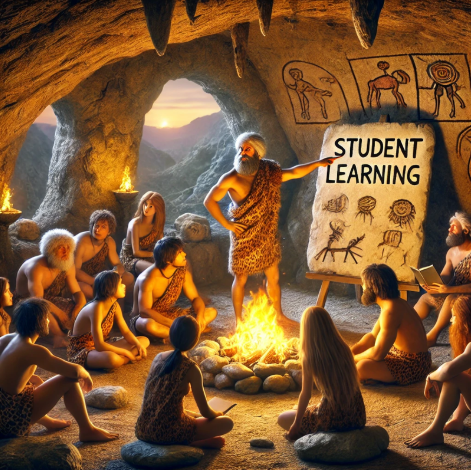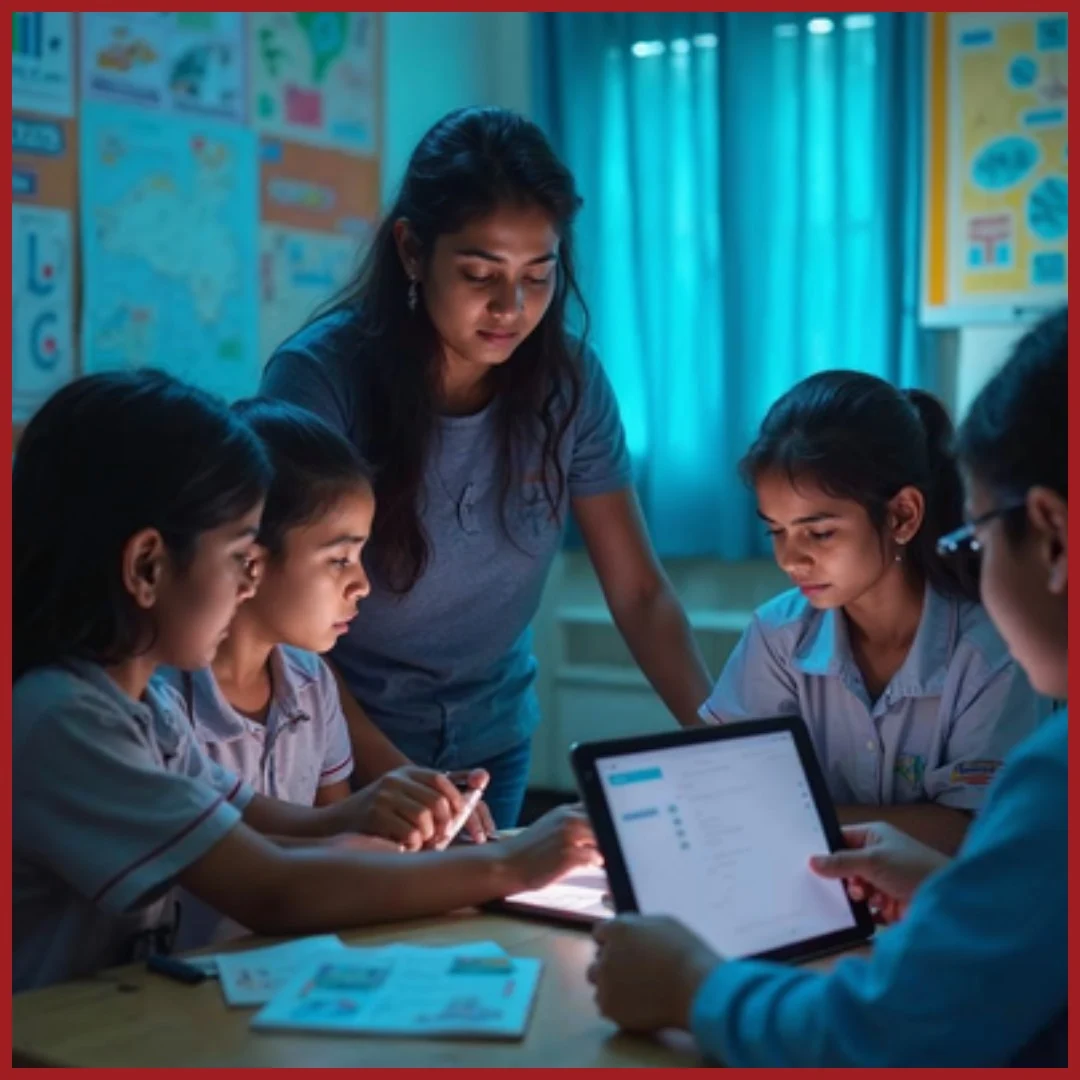Edition 02 | February 2025
Educators Speak: Principal interview
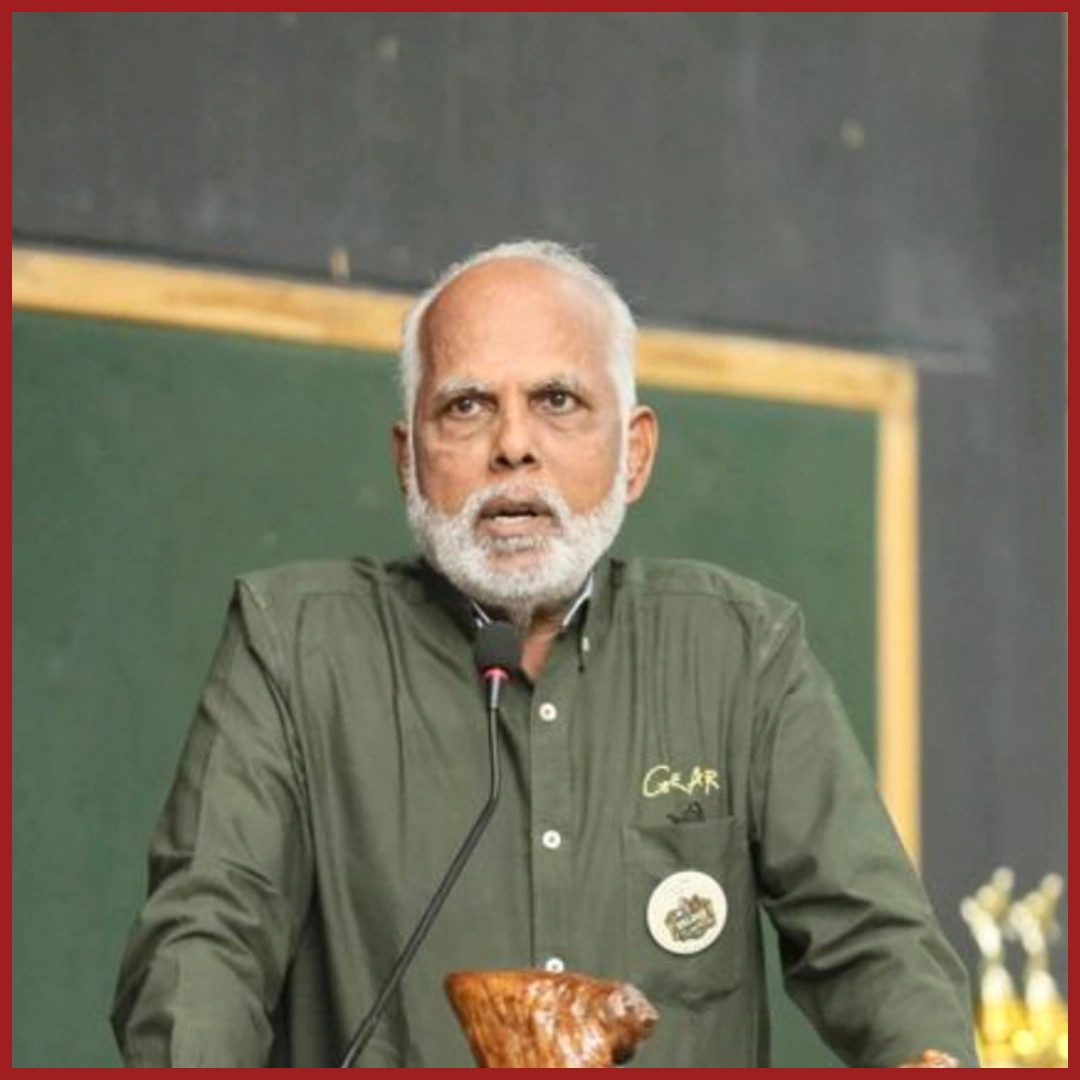
Dr. M. Srinivasan
Dr. M. Srinivasan is an educator par excellence, inspired by his Guru, Shri B. Varma, and his mentor, Prof. J. Renzulli, the founder of the Renzulli Center for Creativity, Gifted Education, and Talent Development. He is the Founder and Chairman of GEAR Innovative International School and a pioneer in the field of Gifted Education in India. With an unwavering belief in sparking curiosity and creativity in children, Dr. Srinivasan has dedicated over five decades to revolutionising education, creating unique models such as the “Whole Language Method” for teaching English. His contributions include serving on prestigious committees like the Pradhan Mantri Innovative Learning Programme (Dhruv) and the National Confederation of Schools Associations. Dr. Srinivasan’s journey from teaching English at Sainik School, Tilaiya, to establishing GEAR as a beacon of innovative education reflects his deep commitment to nurturing the potential of young minds.
Q1. How did your journey with Ei begin, and what has kept you engaged with Ei for so many years?
All jobs are likely to change. Some will be born and some will disappear. Scenario is much different from the Sputnik days which triggered Gifted education. How do we equip our children for it? When we work on children, a new era will be heralded. Every child will need to be equipped to adapt to daily changes. Creativity, innovation, critical thinking, self-management, being an unobtrusive influencer and, above all, being a satisfied and good human being is going to be a great challenge.
The Founders of EI contacted me during the planning stage and I remember a promising conversation and my decision to be supportive and part of this movement of objective assessment of scholastic skills. Till date it is an active collaboration with EI. We have hence been taking ASSET since inception. The insights provided based on the assessment has been very valuable and we look forward to the report and confirmation that we are one of the top 10 schools, every year.
Q2. What steps has your school taken to ensure that assessment insights are actively used to inform teaching practices?
Not just the school, but even our parents take active steps to do this and make use of the ASSET reports. Every mentor makes use of the report of each child and in general, ASSET results influence quite a few of our activities.
Q3. How do you build trust with parents and stakeholders when implementing new learning solutions or assessments?
What is meaningful and productive will be appreciated and adopted. When children find something interesting, parents consider it a boon. The philosophy of the school that ASSET is not for selected children and it is for ALL also helps parents to take it up positively. When there is meaning in an activity, forward-looking parents feel part of it enthusiastically. The convenience and ease of the assessment process with no special coaching or training also makes it more meaningful.
Q4. Managing students with diverse learning abilities can be challenging. Your school has excelled in fostering inclusivity and addressing individual needs. What strategies have worked best for you?
Dovetailing ASSET and Multiple Intelligences have worked out well. MI celebrates diversity of thinking and ASSET supports and adopts diverse types and levels of thinking. What would normally be a challenge has been an area of interest and asset to GEAR. A small class size and an activity-based conceptual learning approach has worked effectively for us. Our ideology and ASSET’s philosophy complement each other and enhance the process. When we make use of ASSET extensively and enthusiastically, the experience is insightful for all of us–including children, parents and mentors. It has seamlessly become a part of GEAR.
Q5. If you were advising a school in its first 5 years, what are the top 3 areas you would prioritise to ensure the school builds a strong foundation for long-term success?
Our advice would be to work on the strength of children, however diverse or difficult it is, and also not to bother about the LOTS – Lower Order Thinking Skills – so much. We would like schools to understand that working EXTENSIVELY with HOTS would lead to children taking to thinking and realising their talents. Once children find their signature strength, working on LOTS would not be a challenge. Build the top floor first.
Enjoyed the read? Spread the word
Interested in being featured in our newsletter?
Feature Articles
Join Our Newsletter
Your monthly dose of education insights and innovations delivered to your inbox!
powered by Advanced iFrame

